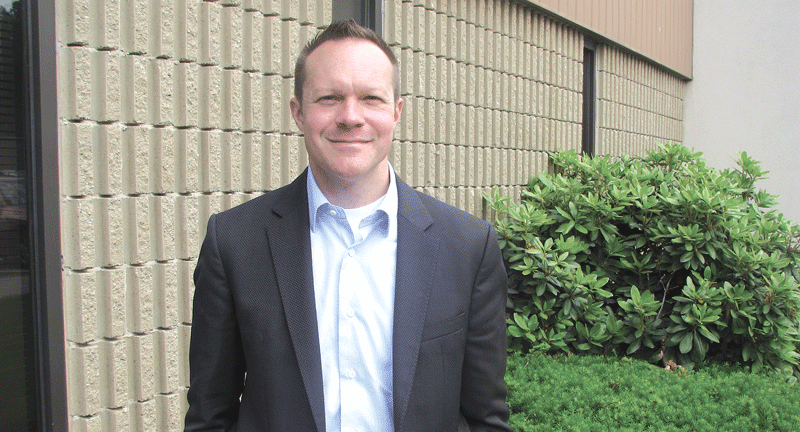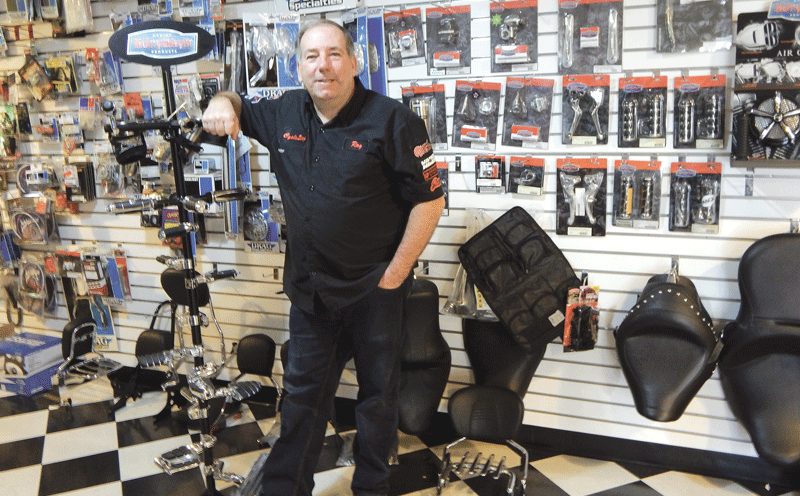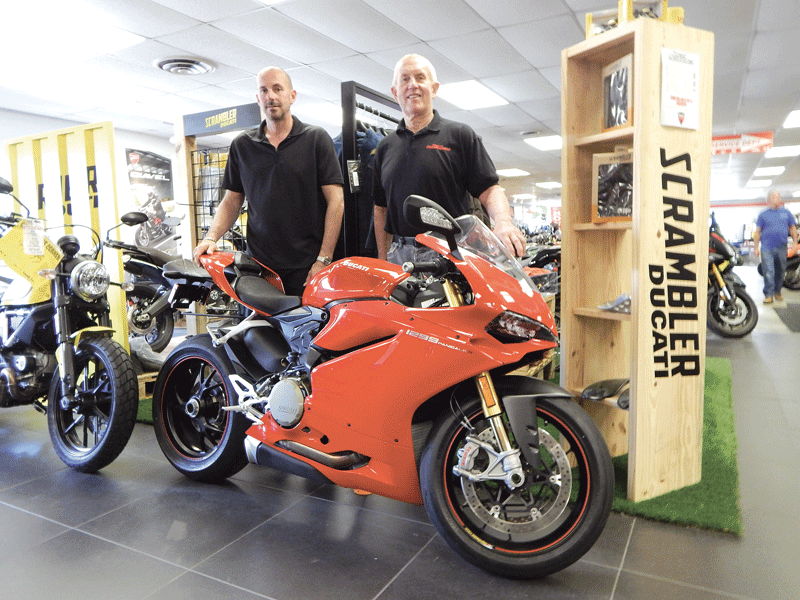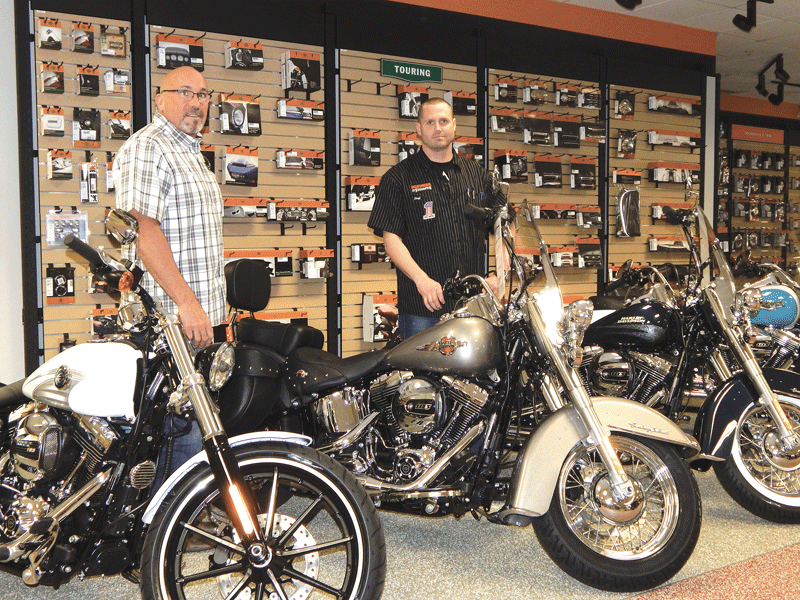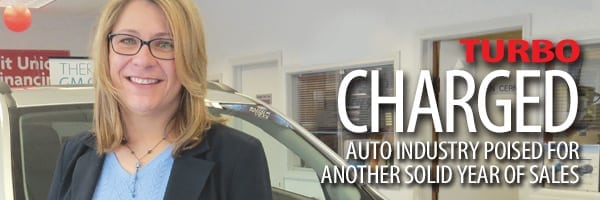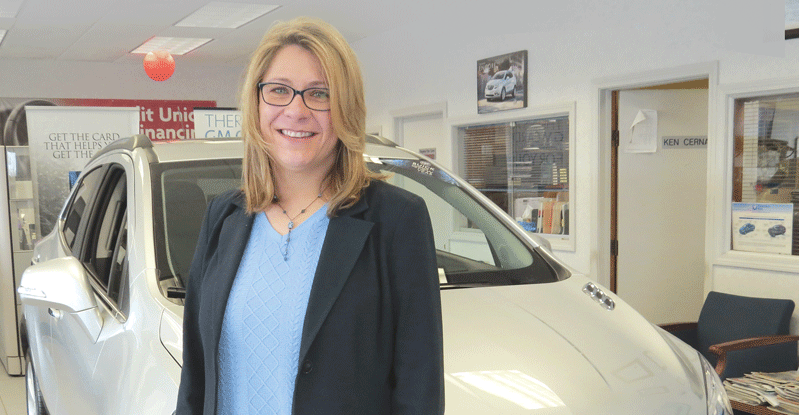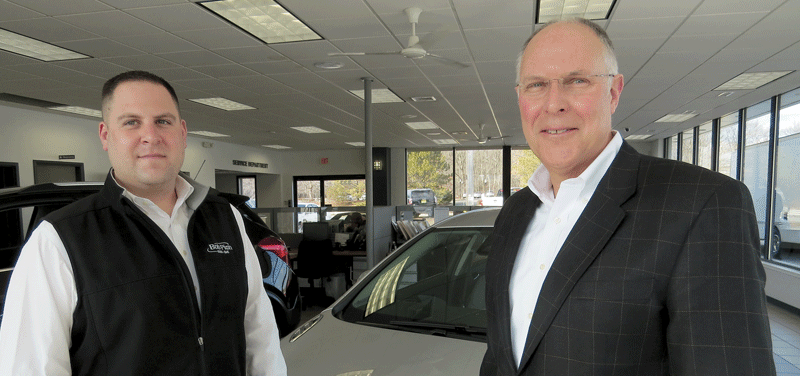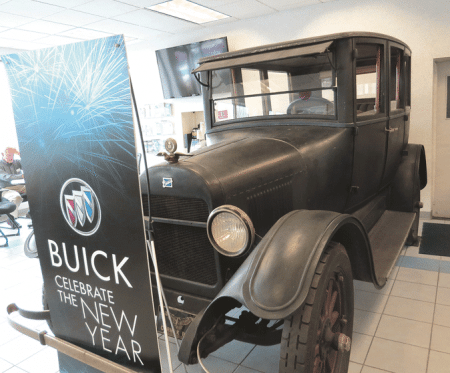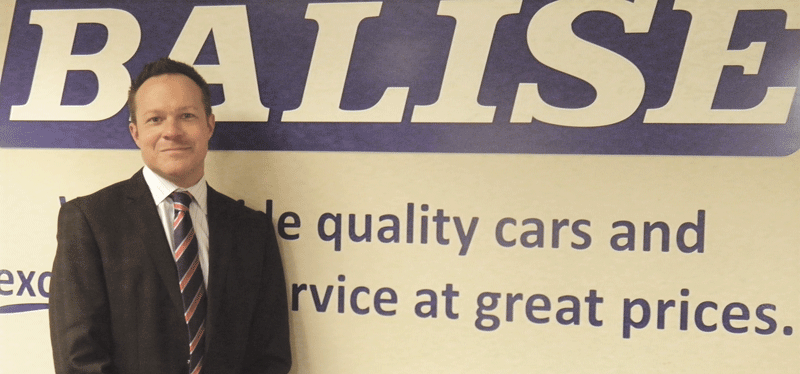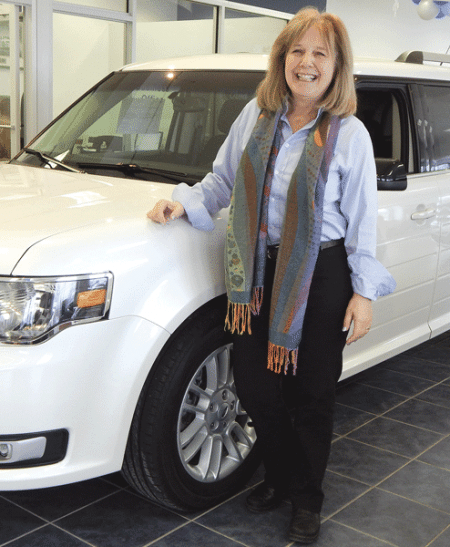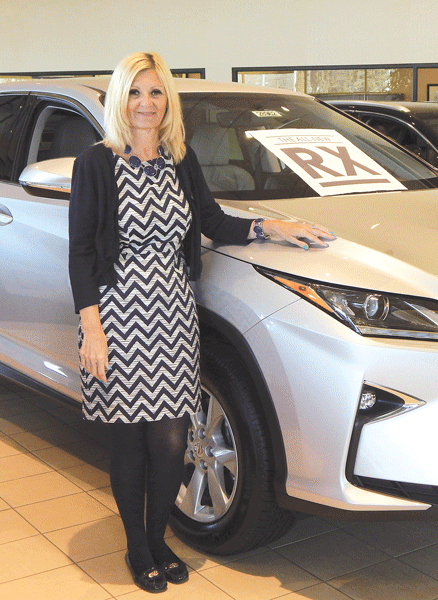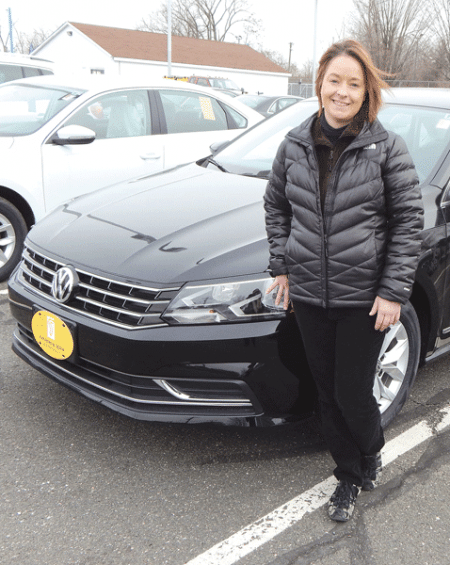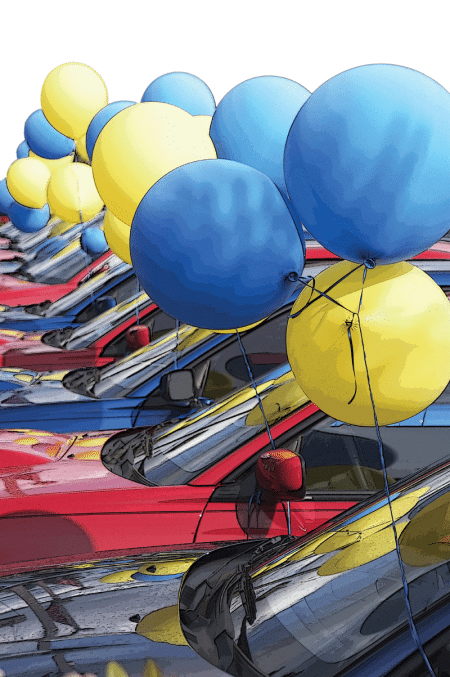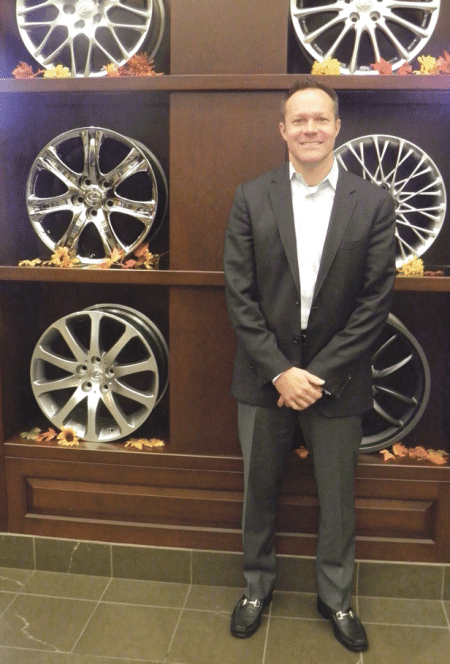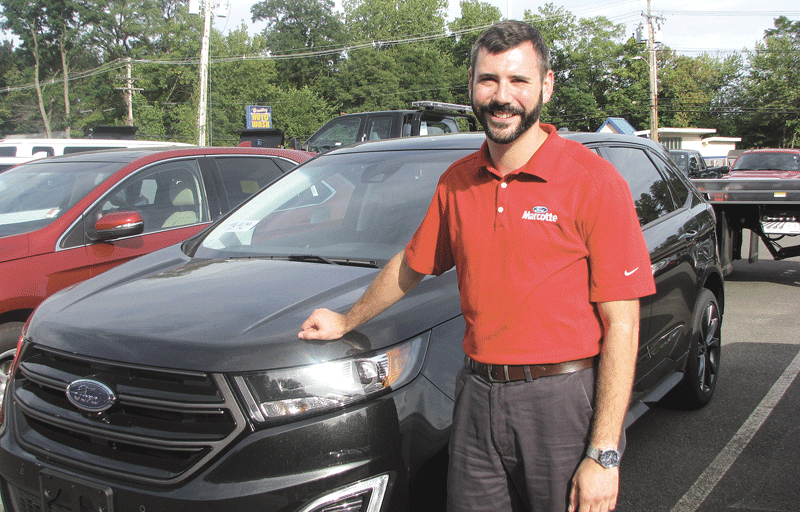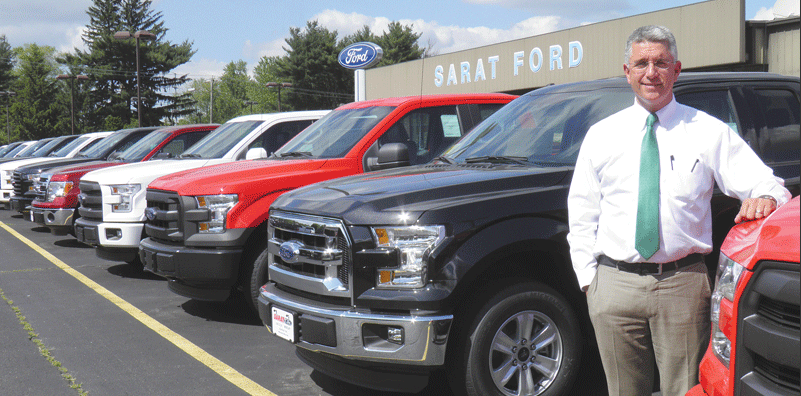Driving Forces
 The auto market has been in high gear for the past several years, and area dealers expect that pattern to continue, and for several reasons. These range from a solid economy and abundant consumer confidence to quality vehicles and lingering pent-up demand.
The auto market has been in high gear for the past several years, and area dealers expect that pattern to continue, and for several reasons. These range from a solid economy and abundant consumer confidence to quality vehicles and lingering pent-up demand.
‘Flat.’
In most discussions involving business, that term has a somewhat negative connotation to it. And in many ceases, we can leave out the ‘somewhat.’
But in the case of the auto-sales industry and local dealerships … ‘flat’ has a pretty good sound to it these days. In fact, just about everyone who would use images of George Washington and Abraham Lincoln in their promotions this week, or tie red, white, and blue balloons to the cars in their showroom come July, would be pretty happy with ‘flat.’
Just as they were last year.
Indeed, since the very dark days during and just after the Great Recession, car sales have rebounded nicely, with the high-water mark, if you will, coming in the 2016 sales year, with nearly 17.5 million light vehicles (cars, SUVs, and pickup trucks) sold nationwide.
Last year was off that pace, but only slightly, with more than 17.1 million light vehicles sold. And the projections for 2018 are for pretty much the same, with maybe another slight decrease of 1% or less.
But, again, 1% off what? Even in the super-solid years leading up to the economic nosedive a decade ago (years 2001 to 2006), total sales were under or just slightly above 17 million.
As we said, ‘flat’ has rarely looked so good.
“Yes, last year was off what it was in 2016, but you’re coming off historic highs — and the drop was minuscule,” said Jeb Balise, CEO of Balise Motor Sales, adding (after checking his phone to make sure he had the numbers right) that sales this January were up 1% over a year ago, this despite some bitterly cold days, a few snow days for many adults, and even that dreaded bomb cyclone thing.
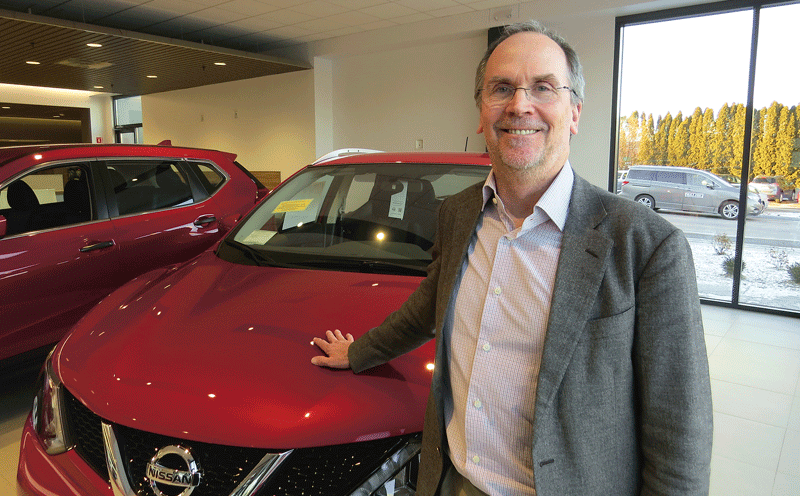
Jeb Balise says projections are for another flat year for auto dealers. But ‘flat’ is more than acceptable given the high volume of sales in recent years.
And the various forecasts he’s seen project sales of between 16.7 million and 16.9 million light vehicles, which would be another outstanding year.
Other dealers we spoke were equally upbeat and happy with ‘flat’ or something approximating it, and said a host of factors are contributing to solid sales and optimism that this trend will continue. A healthy stock market (until quite recently), a sound economy, still-low interest rates (albeit amid concerns that they will rise), low unemployment, large amounts of consumer confidence, well-made products, lots of inventory, attractive incentives from the manufacturers, some lingering pent-up demand, and the basics of supply and demand are all on that list.
“It’s just a good time to be buying a car,” said Don Pion, president of the Chicopee-based dealership started by his father, Bob Pion Buick GMC. “The product is good — the best I’ve seen since I’ve been in the business. They’re good products, they get good fuel economy, maintenance is pretty inexpensive on these new cars today, the manufacturers have been aggressive with their offers, there are good lease offers … it’s all good.”
Michelle Wirth, co-owner of Mercedes-Benz of Springfield, which opened its doors last fall, concurred.
“We have a very optimistic outlook on 2018,” she said. “People are feeling good about the economic outlook, and that allows them the mindset to spend money a little more than they would have in years past.”
Meanwhile, solid sales are not the only trend within the industry on track to continue. Others include the soaring popularity of SUVs and crossovers — Wirth noted that, for the first time last year, Mercedes reported more sales of those types of vehicles than cars — and an ongoing evolution in the role of the dealership.
Indeed, where once that was a place to check out the new models, see what they cost, and explore available options, consumers can now do a lot of that, if not all of that, on the Internet. By the time they come to the dealership, they know what they want, and they know what they expect to pay. Thus, the role for those at that facility is to make the rest of the process as quick and painless as possible.
In response, TommyCar Auto Group, comprised of three dealerships selling Nissan, Hyundai, and Volkswagen, has come up with a new product called Click, Drive, Buy, whereby the consumer can do pretty much the entire buying or leasing process online, and also get a car delivered to their home for a test drive.
“They can fill out a credit application, do the pricing up front, they can go through all the financing options and rebate options and see what they qualify for, all without coming to the dealership,” said Carla Cozenzi, president of the group. “They can even research all of the after-market products like warranties and gap insurance, all of that through our website.
“We’ve evolved because we had to,” she went on, speaking for everyone in the industry. “Customers can literally do it all from their iPhone.”
Fast Times
As he talked about the current market and the forces driving it, Pion referenced one recent vehicle traded in to get some of his points across.
“It had 250,000 miles on it, but it looked like it only had about 50,000 miles on the odometer,” he told BusinessWest. “It was in great shape; you would never know it had a quarter-million miles on it.”
And this was certainly not an isolated incident, he went on, adding that these high-mileage vehicles he’s seeing on a regular basis say a lot about the market today.
They speak to the quality of the cars on the road today and their durability — “you watch the cars drive by every day, and you see a lot of older models,” said Pion — but also to the fact that, eventually, people need, or want, to turn them in.
And this lingering pent-up demand for new models — although there is much less of it than was a few years ago — is just one of many reasons why Pion’s dealership had a 2017 to remember.
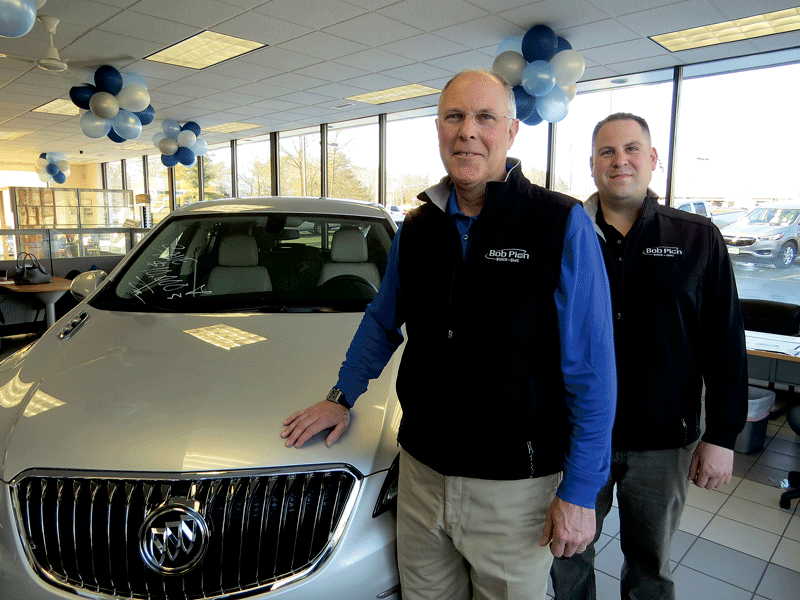
Don Pion, seen here with his son, Rob, general manager of the dealership, says the soaring popularity of SUVs and crossovers has helped fuel solid sales for the industry.
Indeed, Buick sales were up 40% over 2016, he said, while GMC sales were up 30%, and used-car sales were up 20%.
Pion attributed these strong numbers to that combination of factors he described above. And while he’s not expecting a repeat, exactly, he’s projecting another very solid year.
“No one’s looking to set a record,” he told BusinessWest. “But I don’t think we’ll see any declines, only more-modest growth, perhaps.”
Consenzi agreed, and told BusinessWest that 2017 was a solid year for all three stores within the group, especially Nissan, and she is expecting improvement on those numbers across the broad in 2018.
Balise was also optimistic, and said that the pent-up demand from several years ago has been replaced by a state of general “equilibrium,” as he called it. Surveying the market now, he sees still-ample demand and considerable inventory, an intriguing mix.
“Business is good, and plenty of cars are being sold,” he explained, “but it’s a little more competitive amongst dealers, which is always good for the consumer.”
As for Wirth, she doesn’t have any numbers from last year to use as the basis for projections, or many of them, anyway.
As noted, the dealership opened its doors in September, and that last quarter or so of 2017 was essentially a time for reintroducing the brand to this region after nearly a decade’s absence, she said, adding that this process is ongoing and has many nuances to it.
Indeed, reminding people that they no longer have to drive to Hartford or Route 128 to buy a Mercedes or get one serviced is just part of the equation, she went on.
Another big part is introducing the region to the people behind that dealership with the huge Mercedes sign in front of it — and they’ve done so in ways ranging from a huge grand opening to a presence on the ice at the MassMutual Center for Thunderbirds games, to various forms of support for several area nonprofits.
Still another is educating people about the brand, how it has evolved in some ways — all those SUVs, for example — and making it clear that, in many cases, and despite popular perception, it is not beyond their reach.
“The brand stands as a symbol of success and the ultimate in luxury, and it’s just a big brand to wear,” Wirth explained. “Mercedes is not just for folks who have made it or are about to retire and end their career; it’s very much for the person who’s still climbing.”
Elaborating, she said the dealership, and Mercedes-Benz in general, are trying to attract people not of a certain age group or income bracket, but people with a certain mindset.
“They’re young at heart, they’re entrepreneurial, they enjoy craftsmanship and brands that stand for something,” said Wirth as she explained this mindset. “As for the brand, they look at it like, ‘this is this best, everyone deserves the best, so reward yourself.’”
Into a Higher Gear
Getting back to the outlook for 2018 and the factors driving those optimistic projections, one of the influencing forces is the quality of the vehicles now parked at dealerships across the region. Indeed, while those cars and SUVs with 100,000 or 200,000 or even 300,000 miles on them are still getting the job done, the products rolling off the assembly line are appealing — enough to prompt some trade-ins.
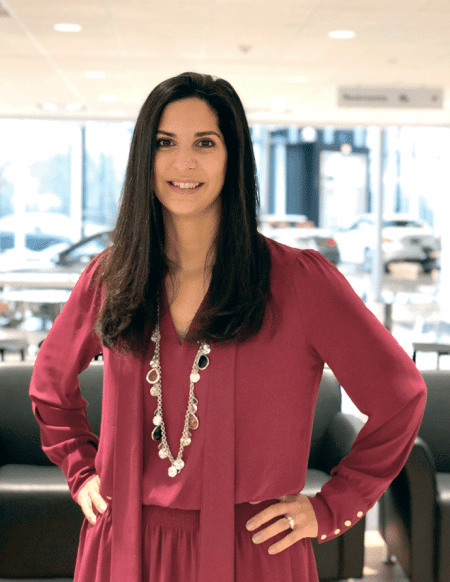
Michelle Wirth says the role of the dealership continues to evolve, and the focus now is on transparency and making the consumer’s experience as easy and painless as possible.
Especially the crossovers and SUVs. As noted earlier, even brands that have built their heritage on sedans, like Mercedes, are selling more SUVs than cars these days. Buick, known for most of its existence for its sedans, now has a lineup flush with SUVs and crossovers, said Pion, and there’s only one true sedan left — the LaCrosse.
The Balise company counts nearly a dozen makes in its portfolio, including Ford, Chevrolet, Toyota, Honda, Nissan, Lexus, Mazda, Subaru, Kia, and more, and for nearly all them, SUV and crossover sales now exceed those of sedans, said Jeb Balise.
And there are many reasons for this, everything from relatively low gas prices to the additional room in the SUVs and crossovers; from the added height of such vehicles, and the fact that they’re somewhat easier to get in and out of, to their ability to take someone virtually anywhere they want to go.
“People are more active,” said Wirth. “They want to go more places and do more things, and those vehicles present themselves as being more versatile.”
Cosenzi agreed, and noted that most manufacturers, including those she represents, now have SUVs and crossovers in small, medium, large, and even micro sizes, and they are attracting consumers in all age groups. And for most people trading in a car, she said, the SUV they’re getting into will offer comparable mileage.
Even Volkswagen, which has traditionally lagged well behind in SUV and crossover sales, is making great strides with additions like the Tiguan, a smaller SUV, and the Atlas, a much larger model.
“Volkswagen always lacked in that category, but now it’s catching up,” she said. “We’re seeing it across all brands — the demand is really healthy in the SUV/crossover market.”
All that said, compact and mid-sized cars are still a huge segment of the market, said Balise, using one of the more iconic nameplates, the Toyota Camry, and some numbers off the top of his head to get his point across.
“Let’s just say Camry was selling 400,000 units and now they’re selling 315,000; that’s still a lot of momentum for that segment,” he said. “While the phenomenon is happening and it’s material — it impacts business, and we have to figure out what to do — it’s not a total-sum game. Sometimes you look at these reports and it looks like you’re never going to sell a car again, and it’s all going to be trucks — it’s not that dramatic.”
But it is still a sizable movement within the industry, as is the overall ‘dealer experience’ and the changes that have come to it, and the ever-greater emphasis on transparency and all that phrase implies.
As noted earlier, much goes into this equation, but it comes down to making life as easy as possible for the consumer during and after the buying or leasing process.
Putting it another way, Wirth said, while no one realistically expects to enjoy the car-buying process, dealers, and especially hers, are succeeding in making it far less painful that it was years ago.
How? By being up front and transparent with pricing, putting information in consumers’ hands, and adding convenience when possible, such us applying for financing online.
Balise agreed. “When it comes to the customer, their time is extremely important to them, and they don’t want to waste it,” he explained. “So when they come in, you need to be on your game and give them the information in an easy, transparent way; what you’re really doing is being as helpful as you can to help them make a decision.”
Pion echoed those thoughts, noting that a good number of people who come into a dealership ready to buy want to drive off in their new vehicle the next day — or even later that day — and dealers have to respond to such whims with inventory and an ability to get such deals done.
But these efforts to enhance the customer experience don’t end with the sale, as those in this industry like to say. Indeed, service is a huge part of the equation, especially with cars remaining on the road as long as they are, and emphasis on this part of the experience manifests itself in everything from spacious, well-appointed waiting areas to car washes built into the dealerships.
At the Mercedes dealership, said Wirth, the technician will create a video of the vehicle in for service and text it to the customer so he or she can see what the issue is.
“We’re in it for the long haul, and it’s more valuable to us and more important to us that people feel taken care of and understood,” she went on. “It’s more about how we meet people’s needs at that moment in time and have all the information at that moment.”
Full Throttle
The dealers we spoke with said those Presidents Day sales that once dominated the airwaves and turned Washington and Lincoln into pitch-people are still a part of the landscape, just not on the same scale as years ago.
Those sales were needed to propel the industry out of winter doldrums and create a bridge to spring, said Pion and Balise, both industry veterans. Today, car selling is different, and there is more of a even flow of transactions throughout the year — although a boost in February is always welcome.
That’s just part of a changing landscape in this business, where ‘transparency’ is now the watchword, and where ‘flat’ sounds really good.
George O’Brien can be reached at [email protected]



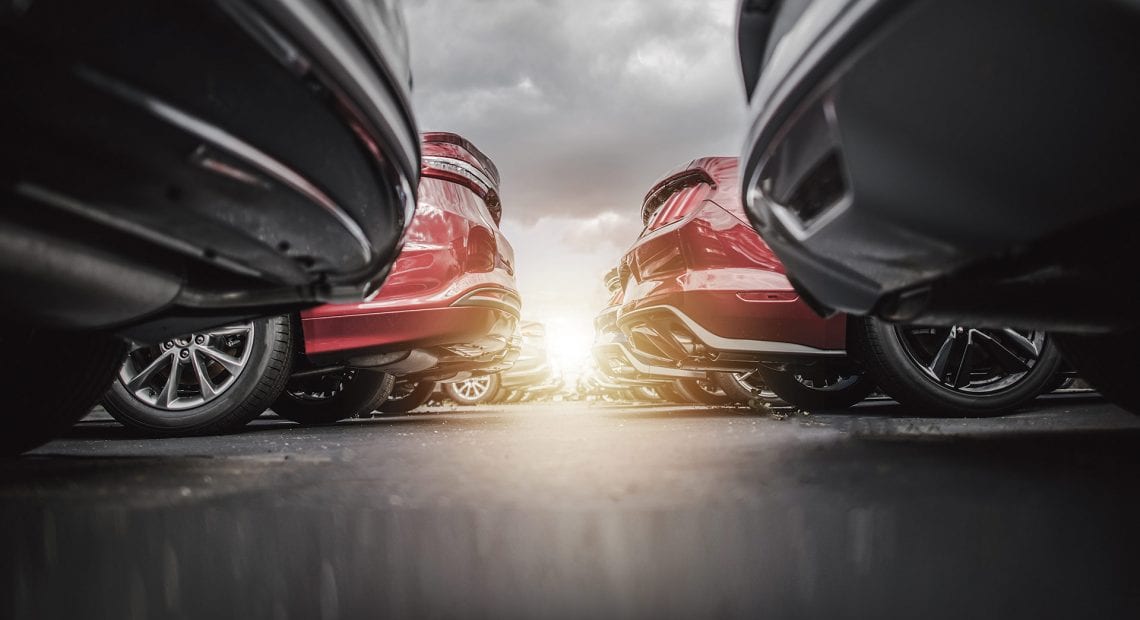


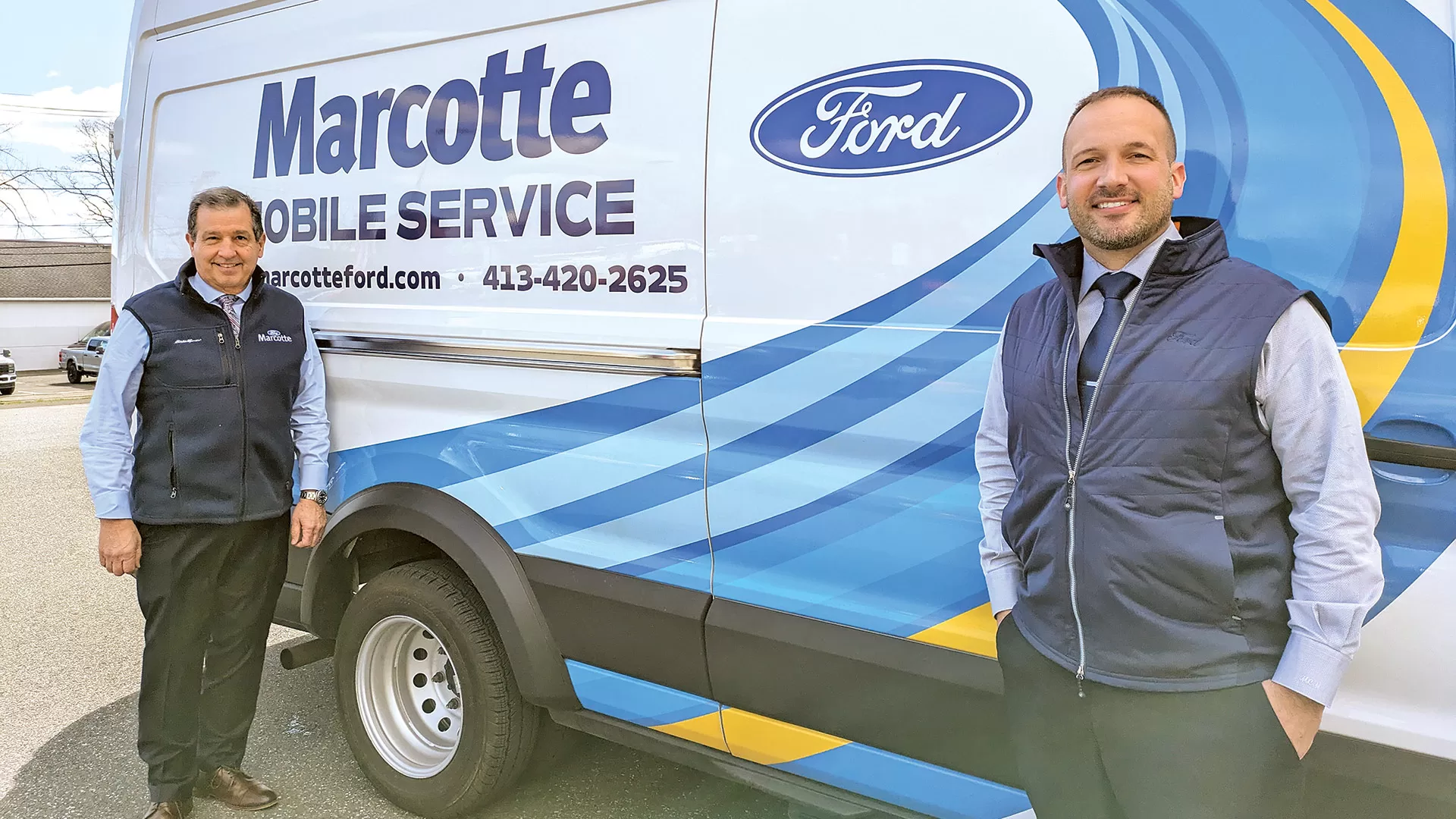

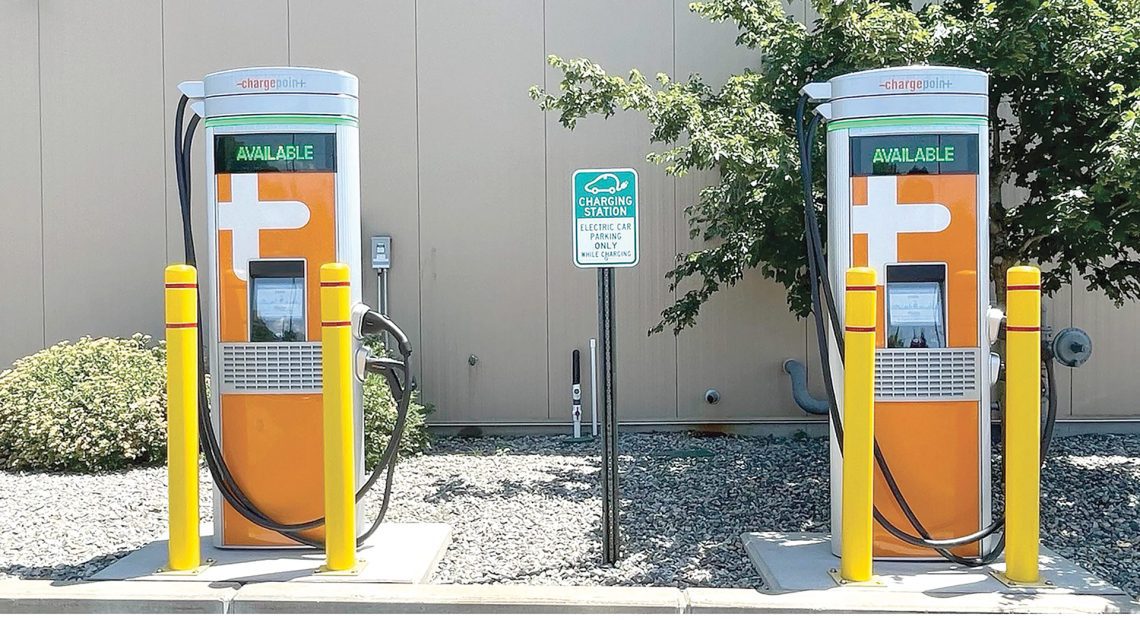

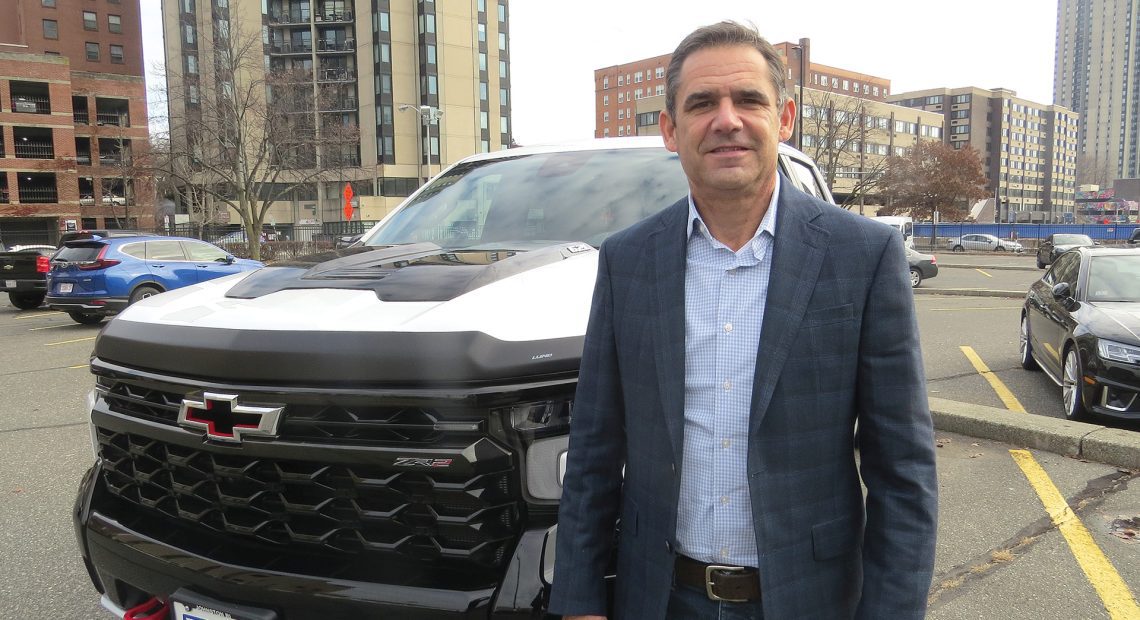

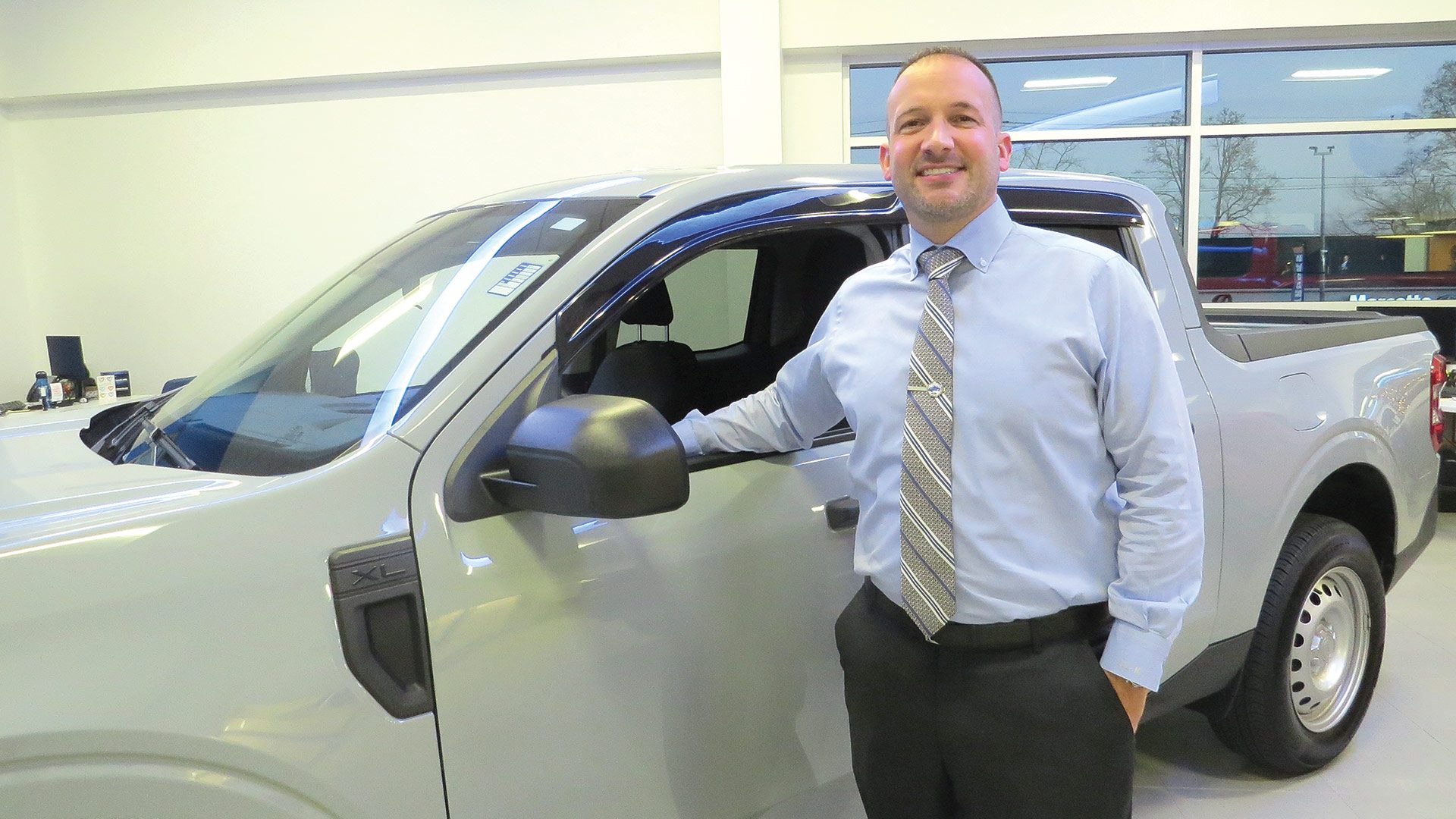
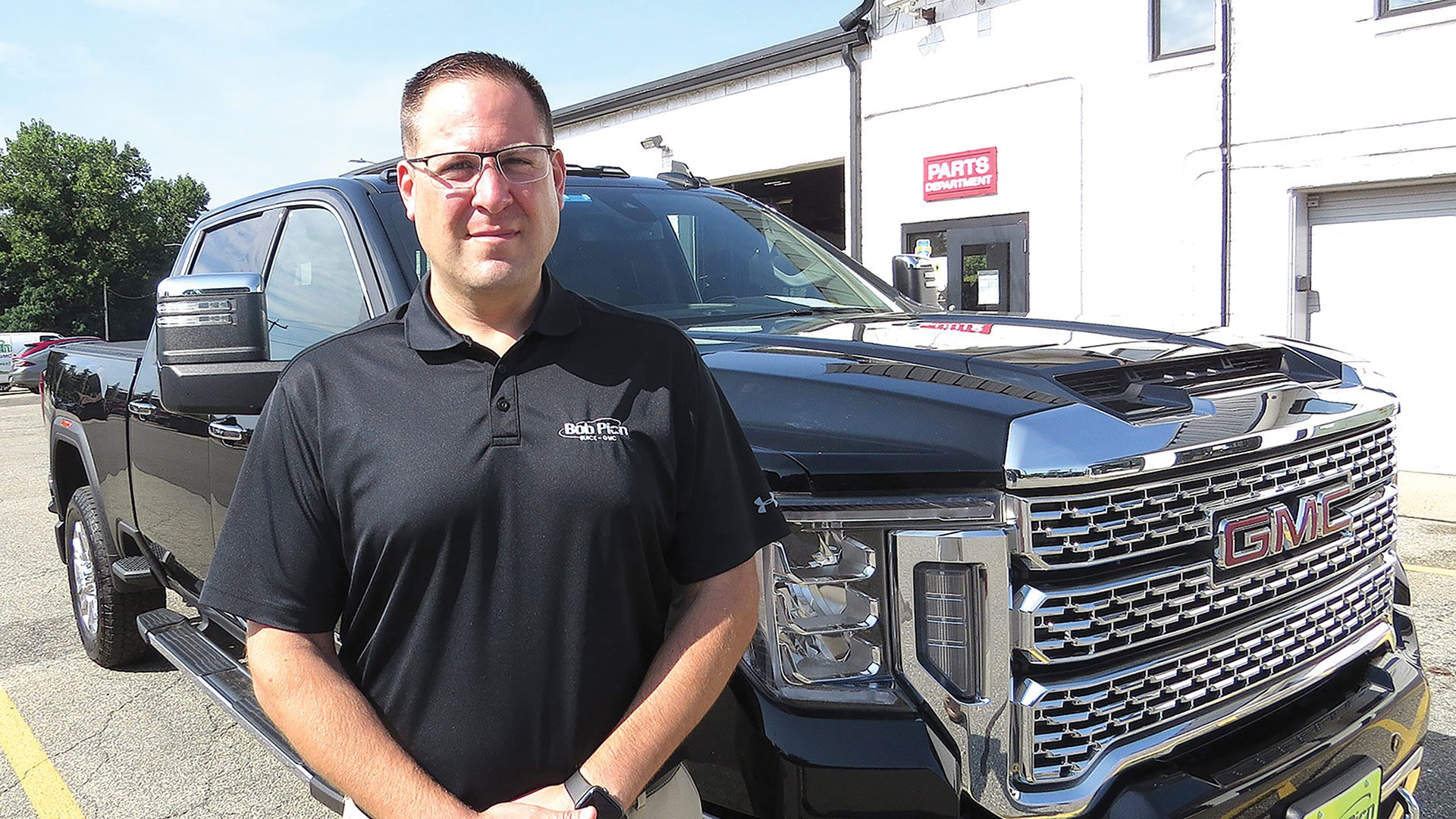
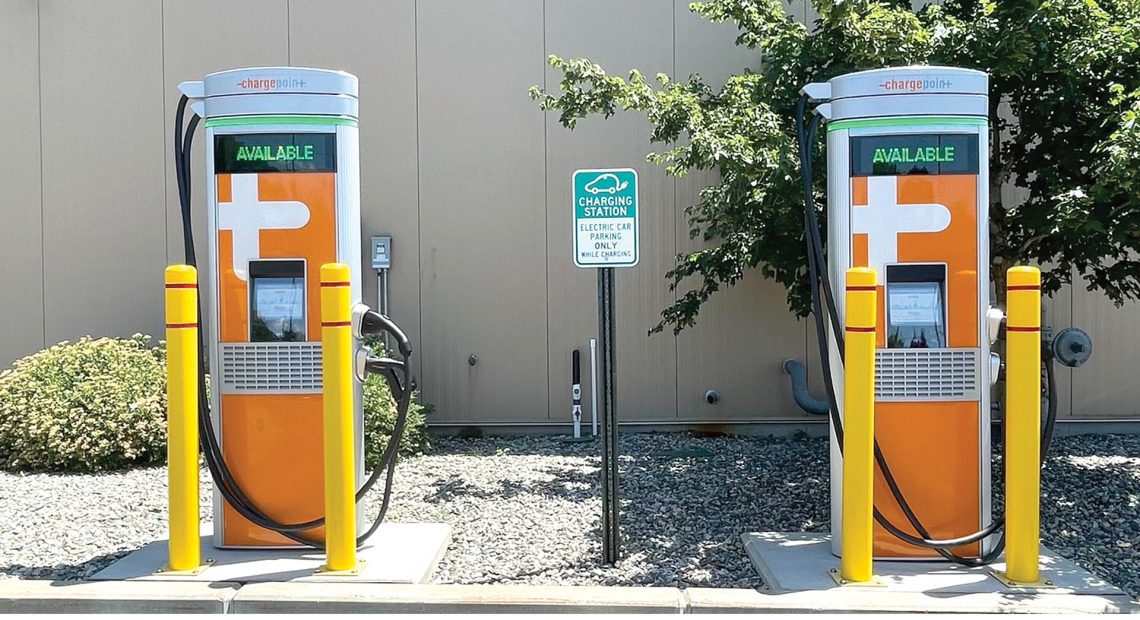
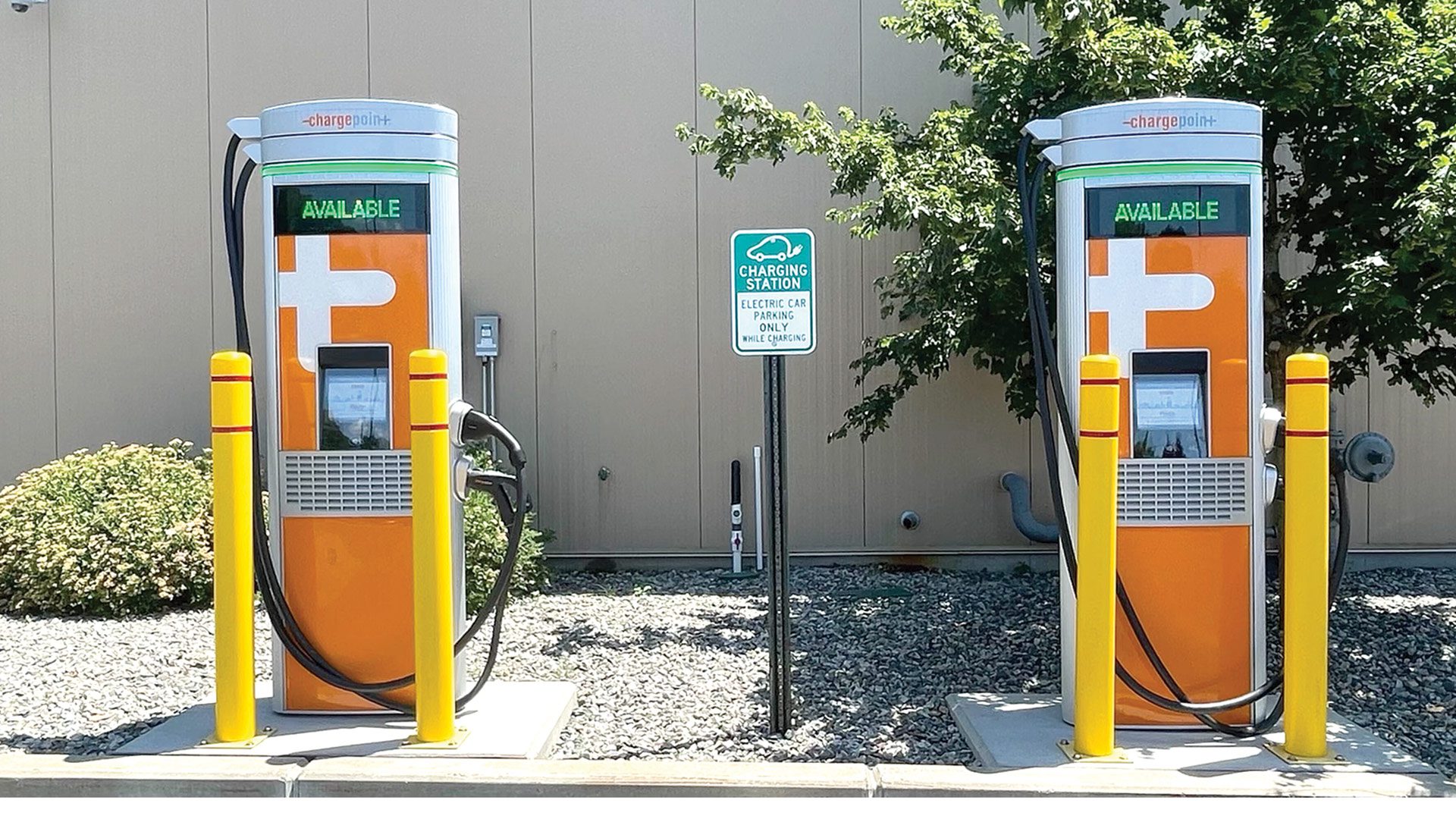



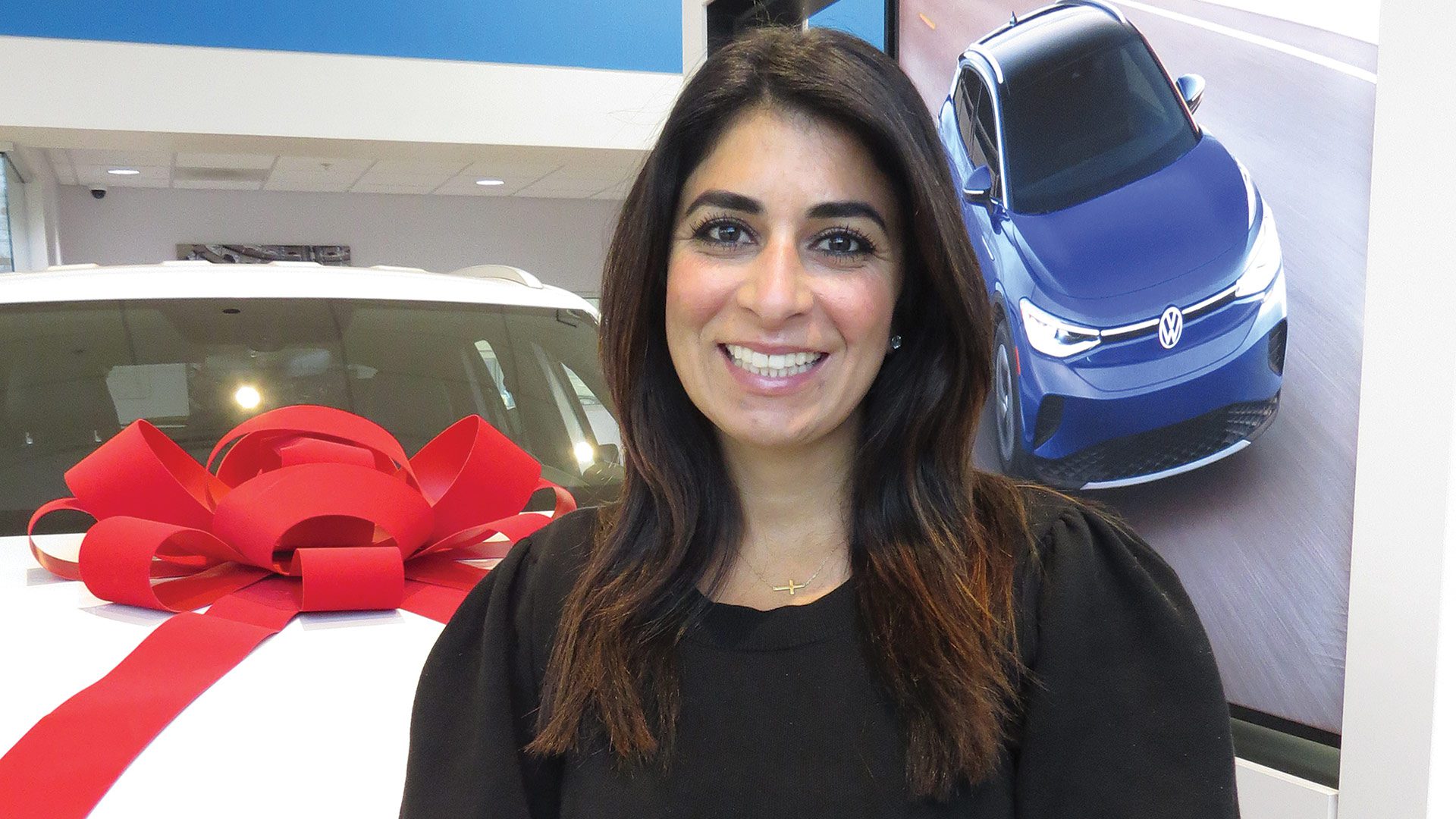

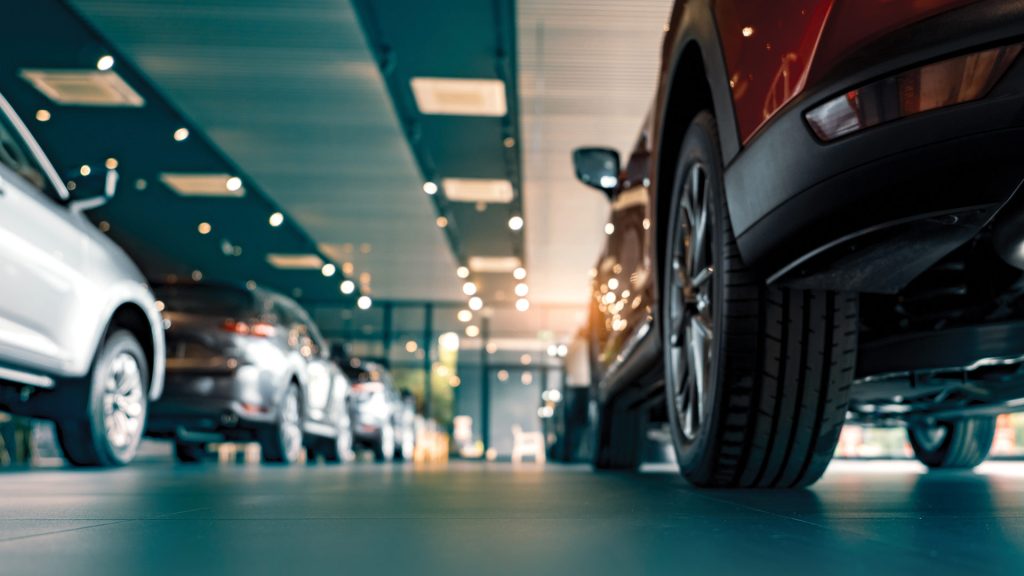
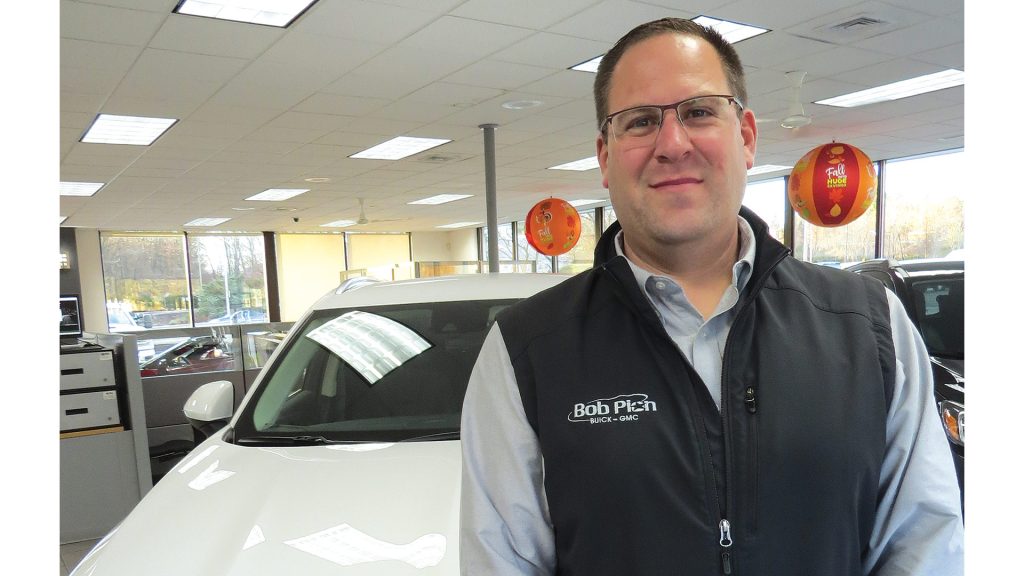
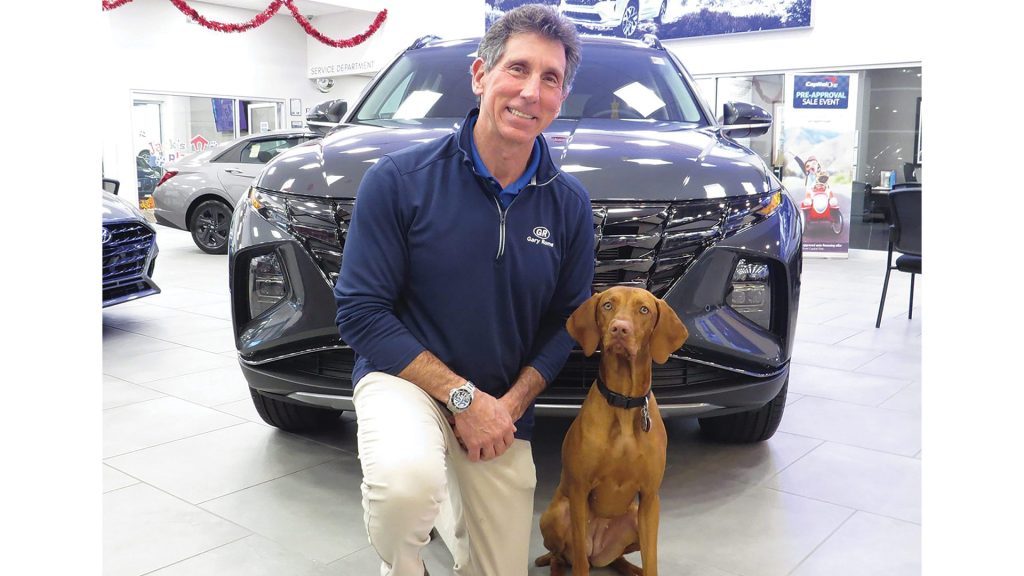
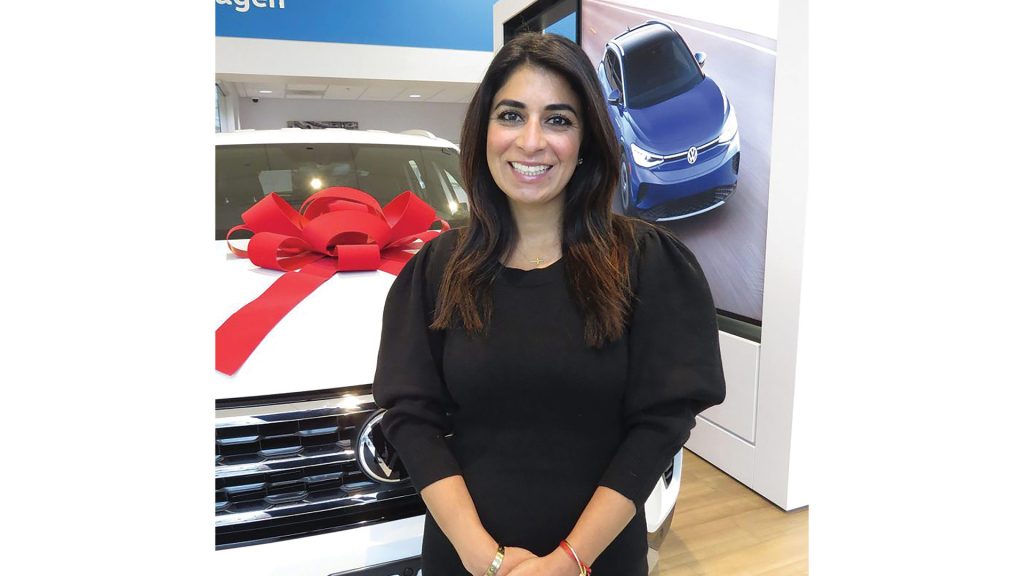
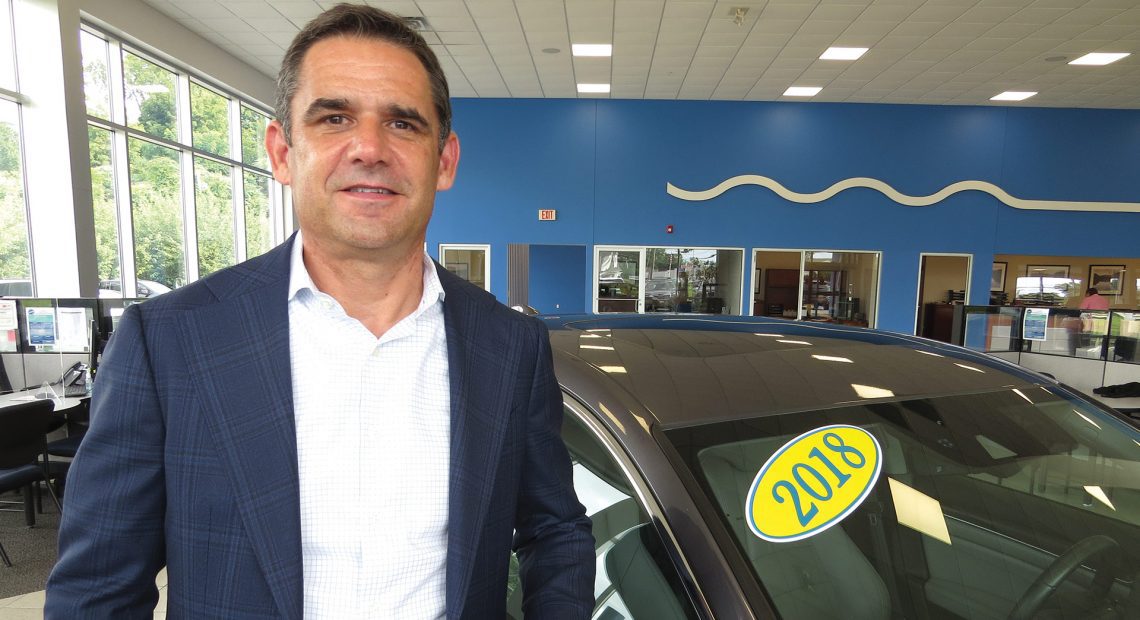
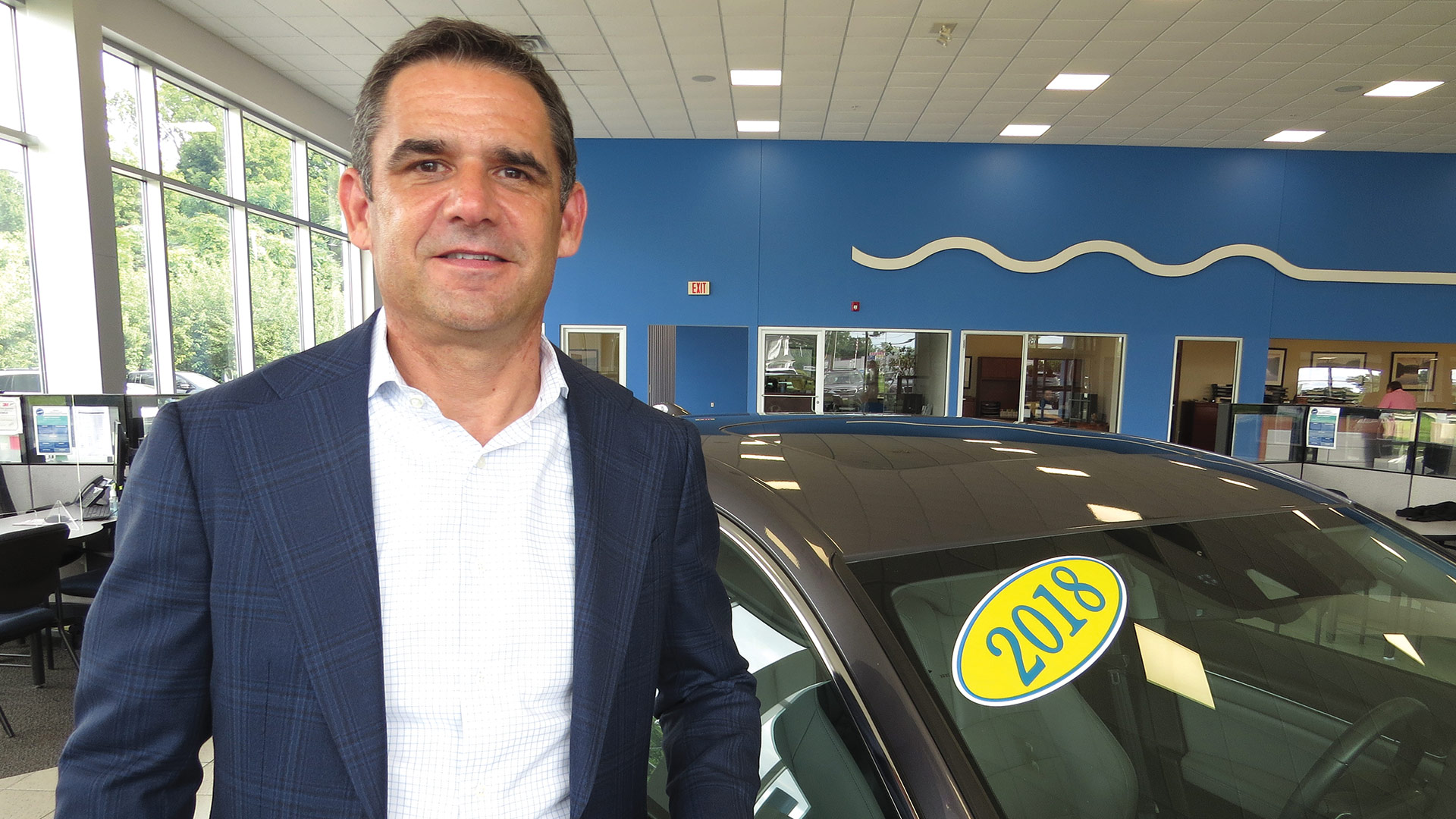
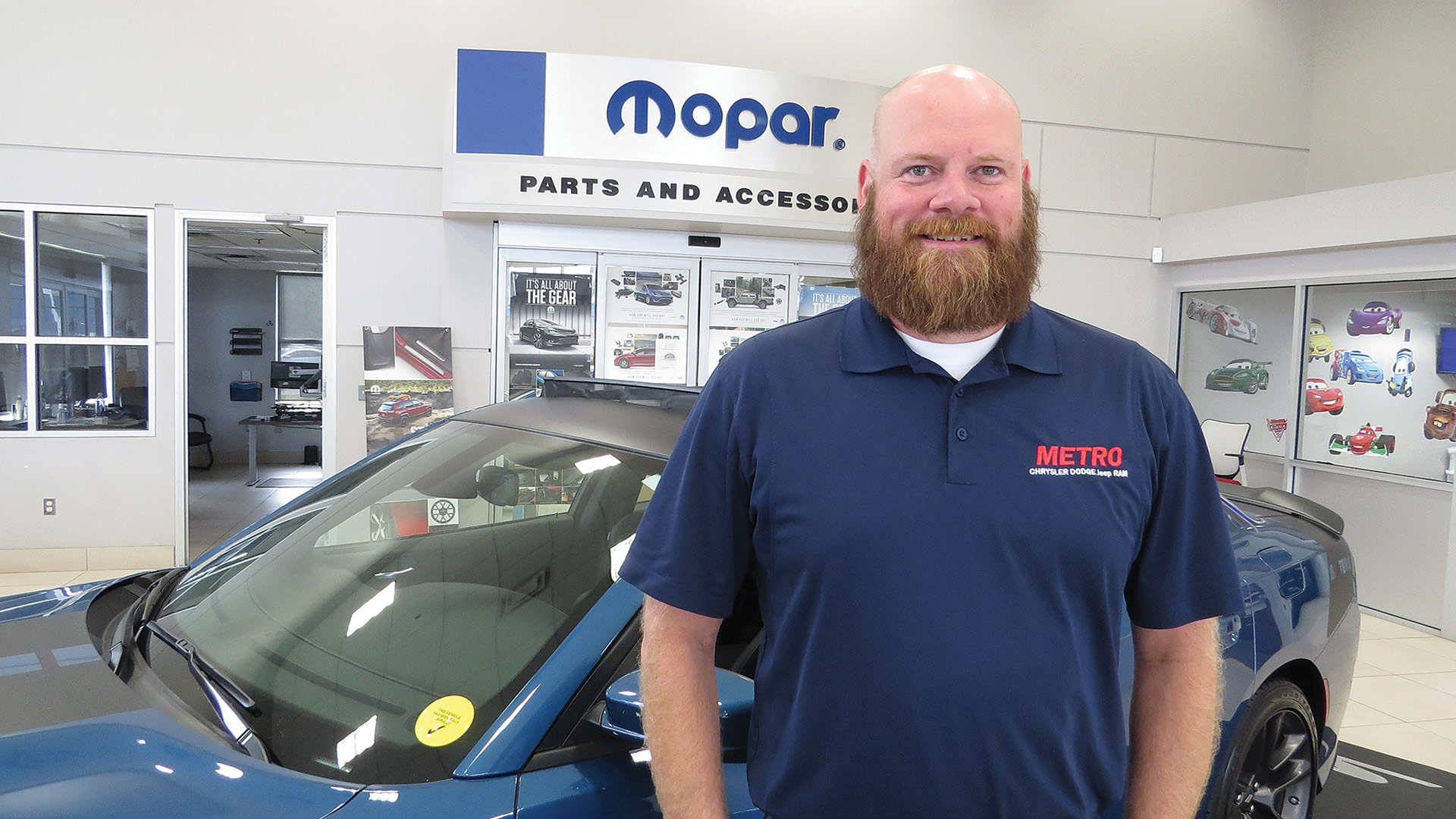



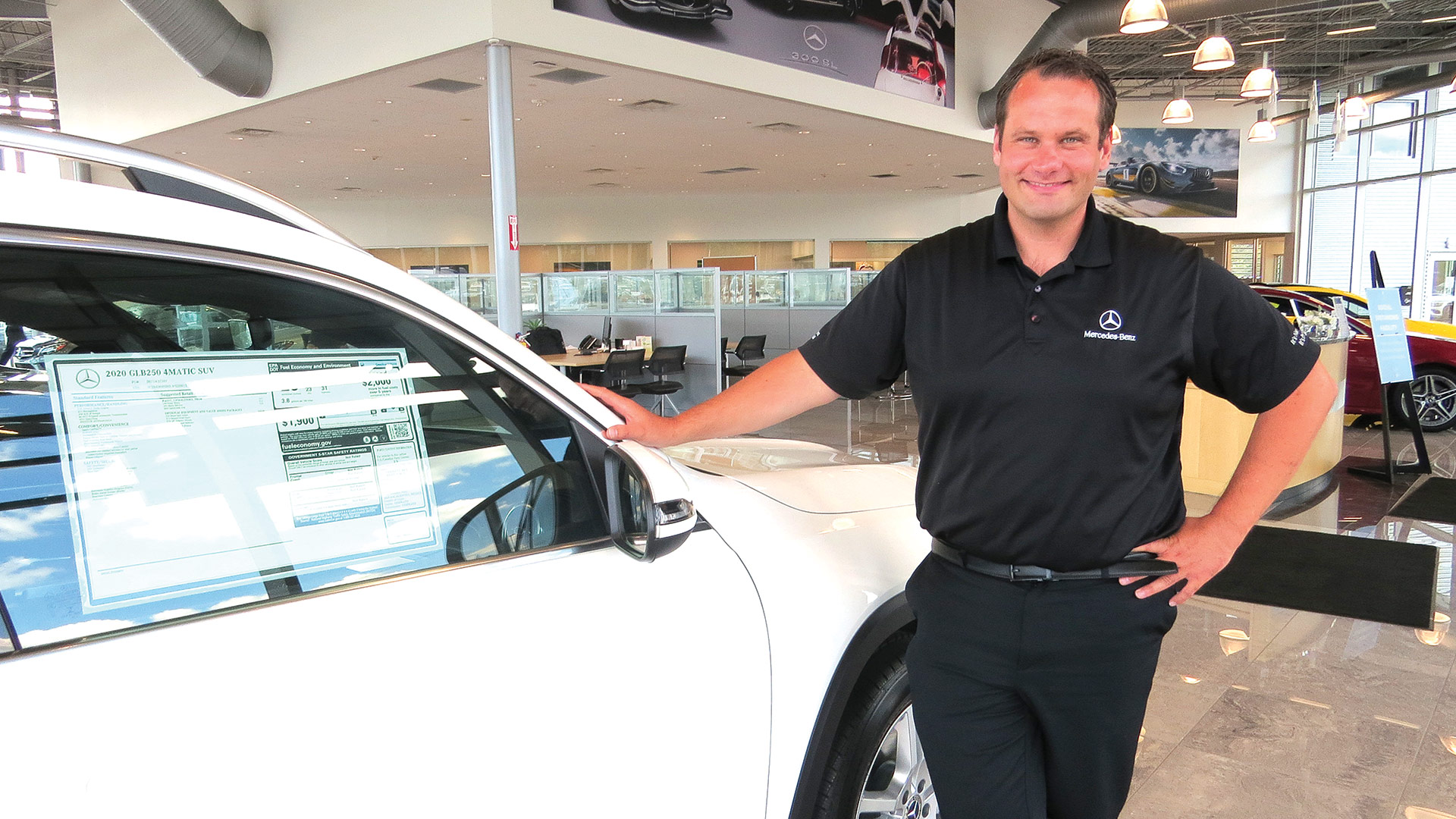


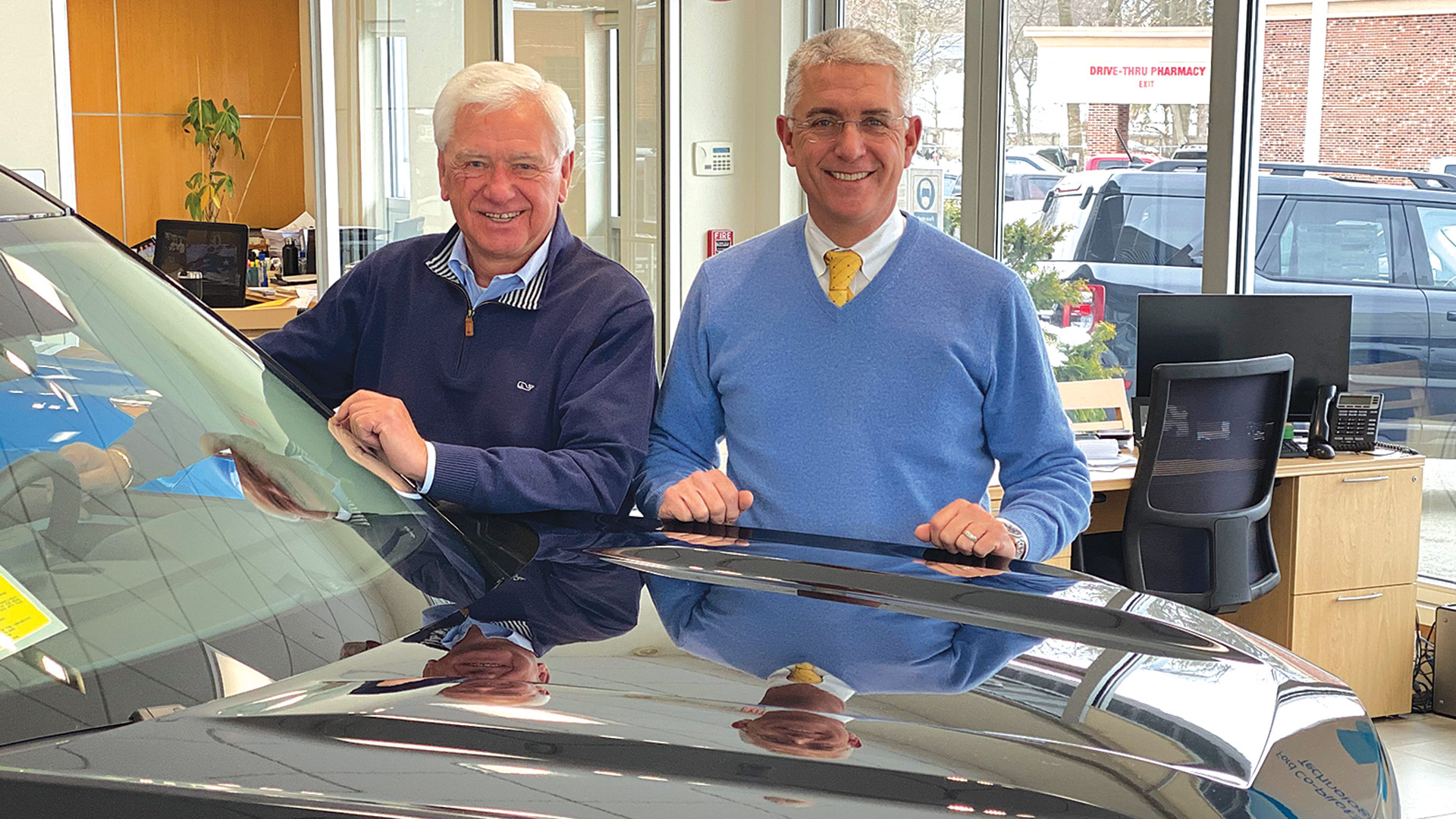



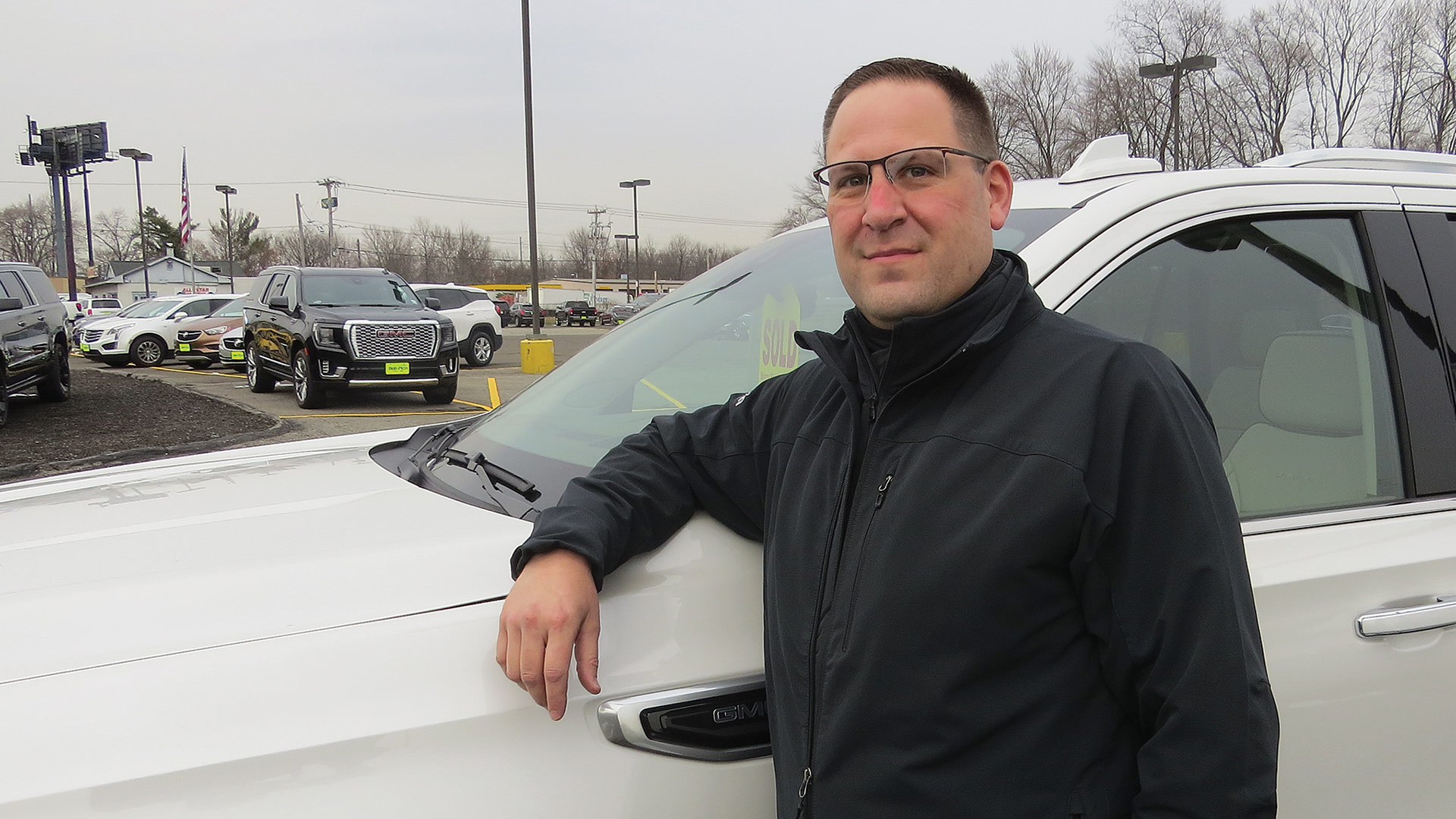
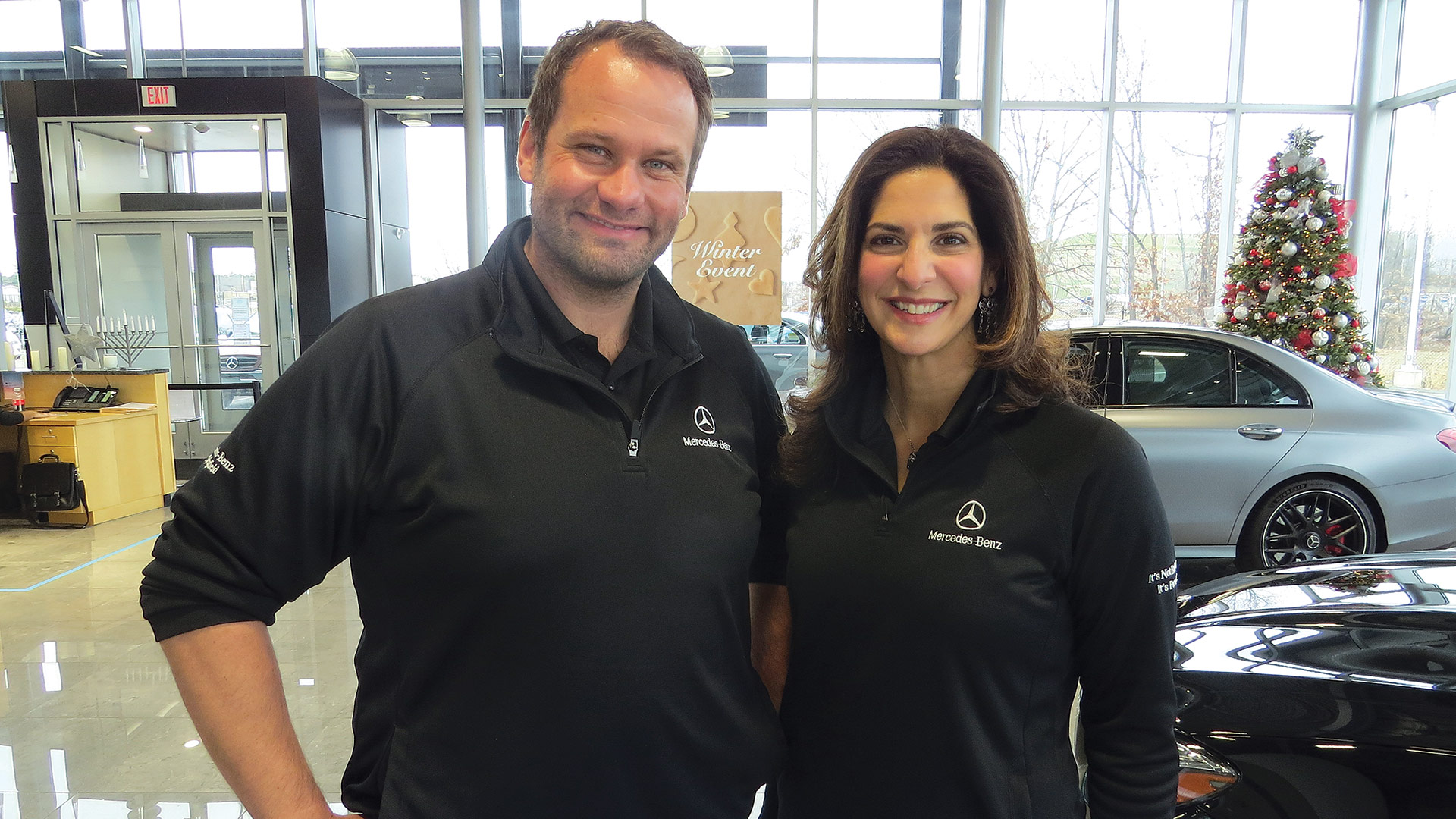

 For years, people have been aware — at least vaguely — of the benefits of electric cars, especially energy conservation and savings on gasoline. But according to at least one survey, a general lack of awareness still surrounds these vehicles, especially when it comes to their often-surprising road performance. Yet, electrics and hybrids are gaining momentum, as evidenced by the number and variety of models being introduced to the marketplace — a group that might soon include larger SUVs and trucks.
For years, people have been aware — at least vaguely — of the benefits of electric cars, especially energy conservation and savings on gasoline. But according to at least one survey, a general lack of awareness still surrounds these vehicles, especially when it comes to their often-surprising road performance. Yet, electrics and hybrids are gaining momentum, as evidenced by the number and variety of models being introduced to the marketplace — a group that might soon include larger SUVs and trucks.

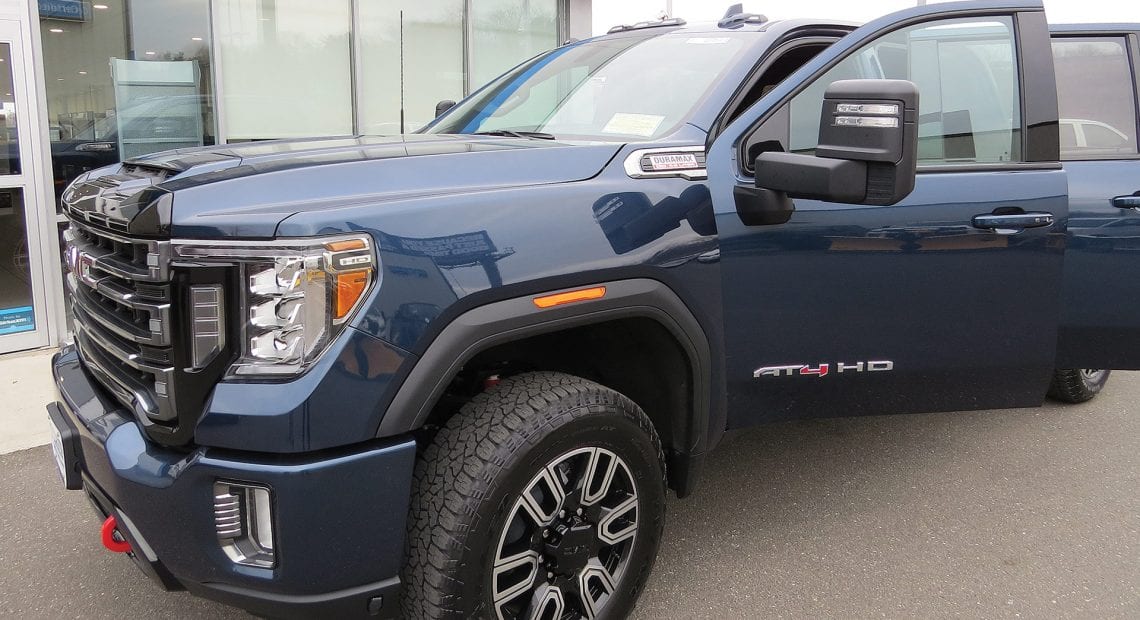

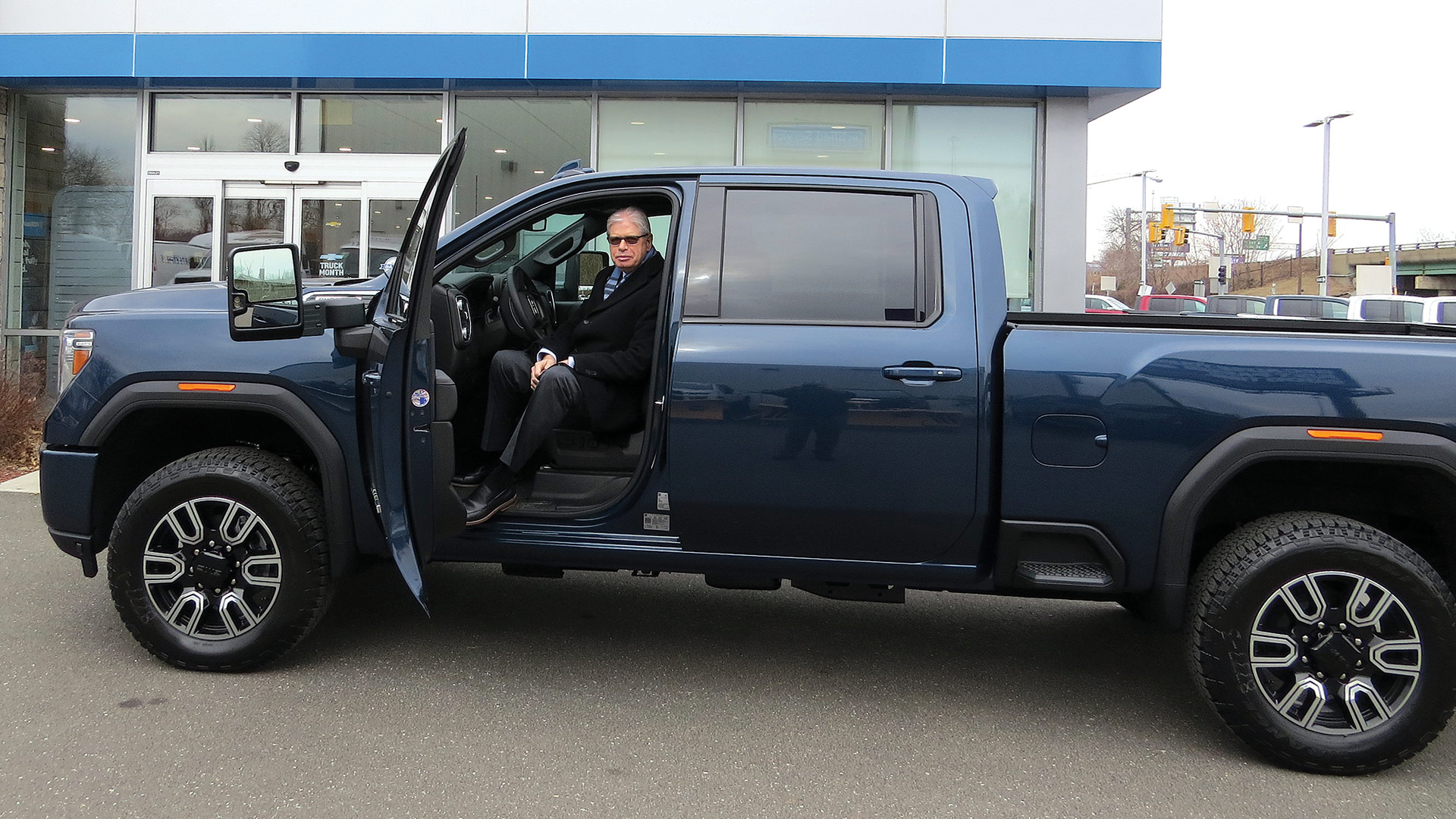
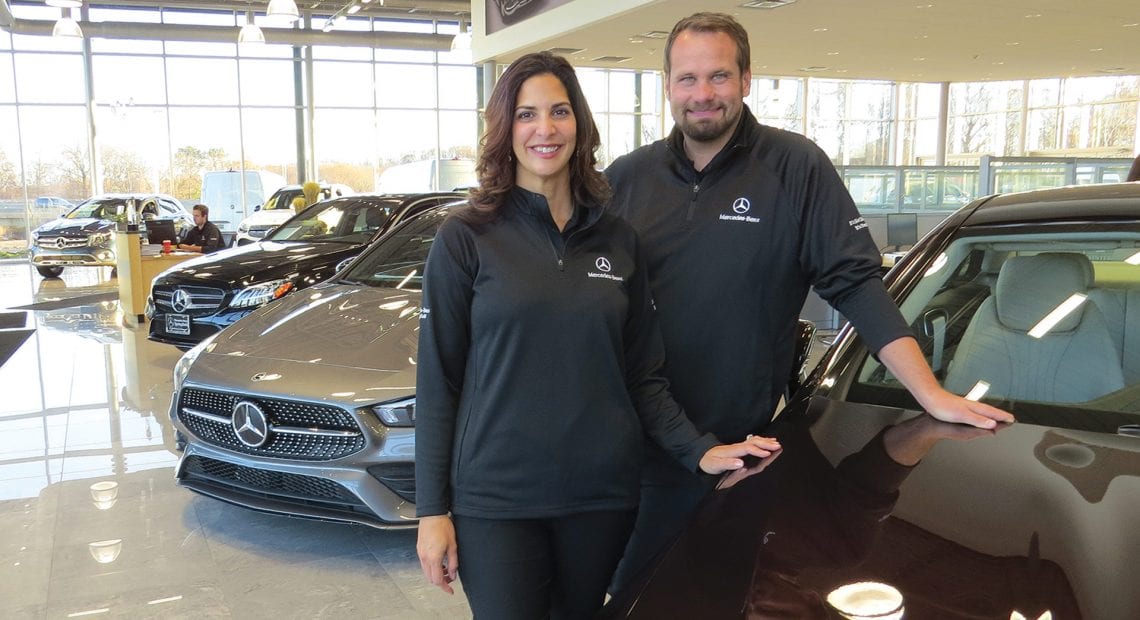
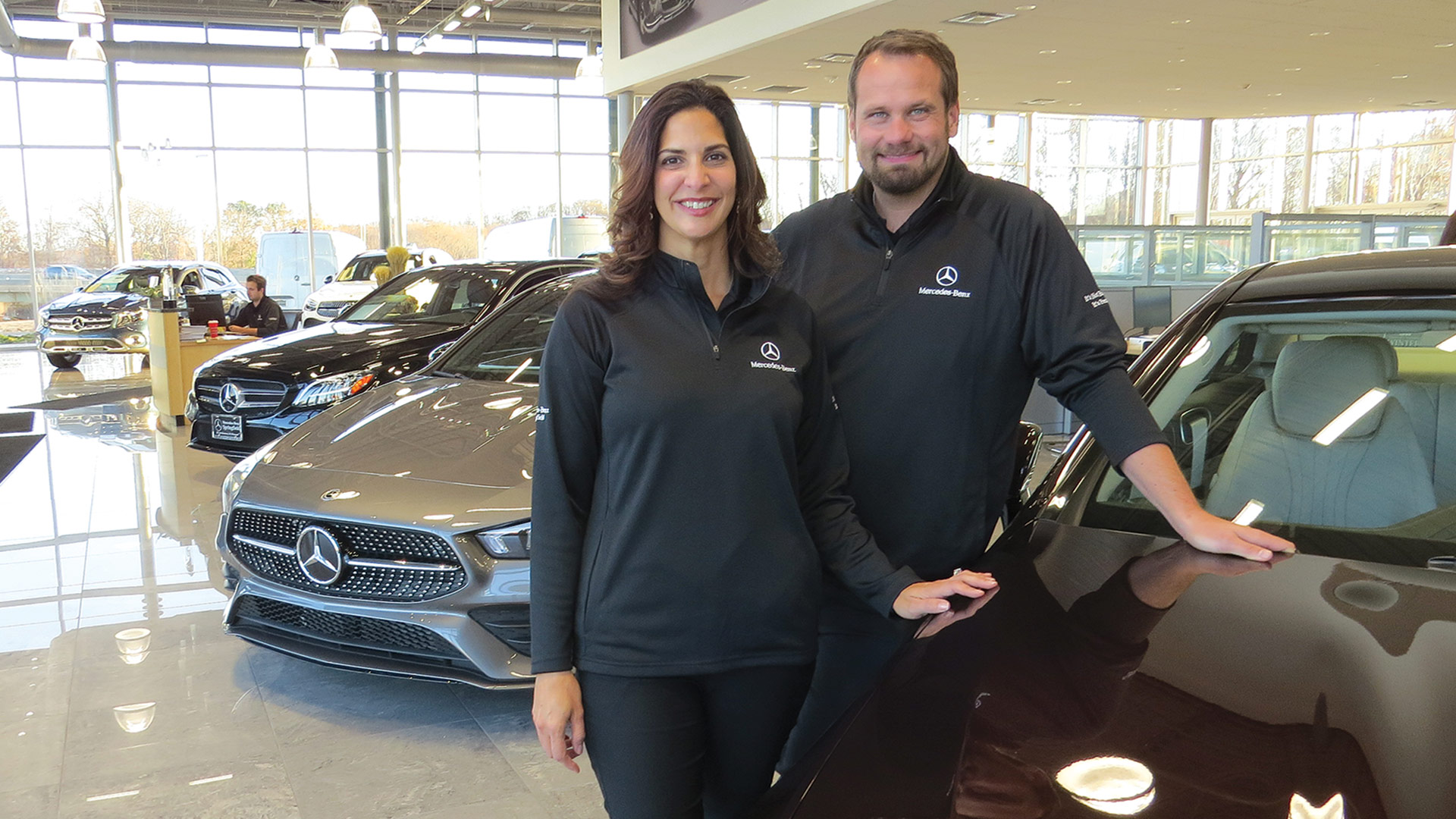
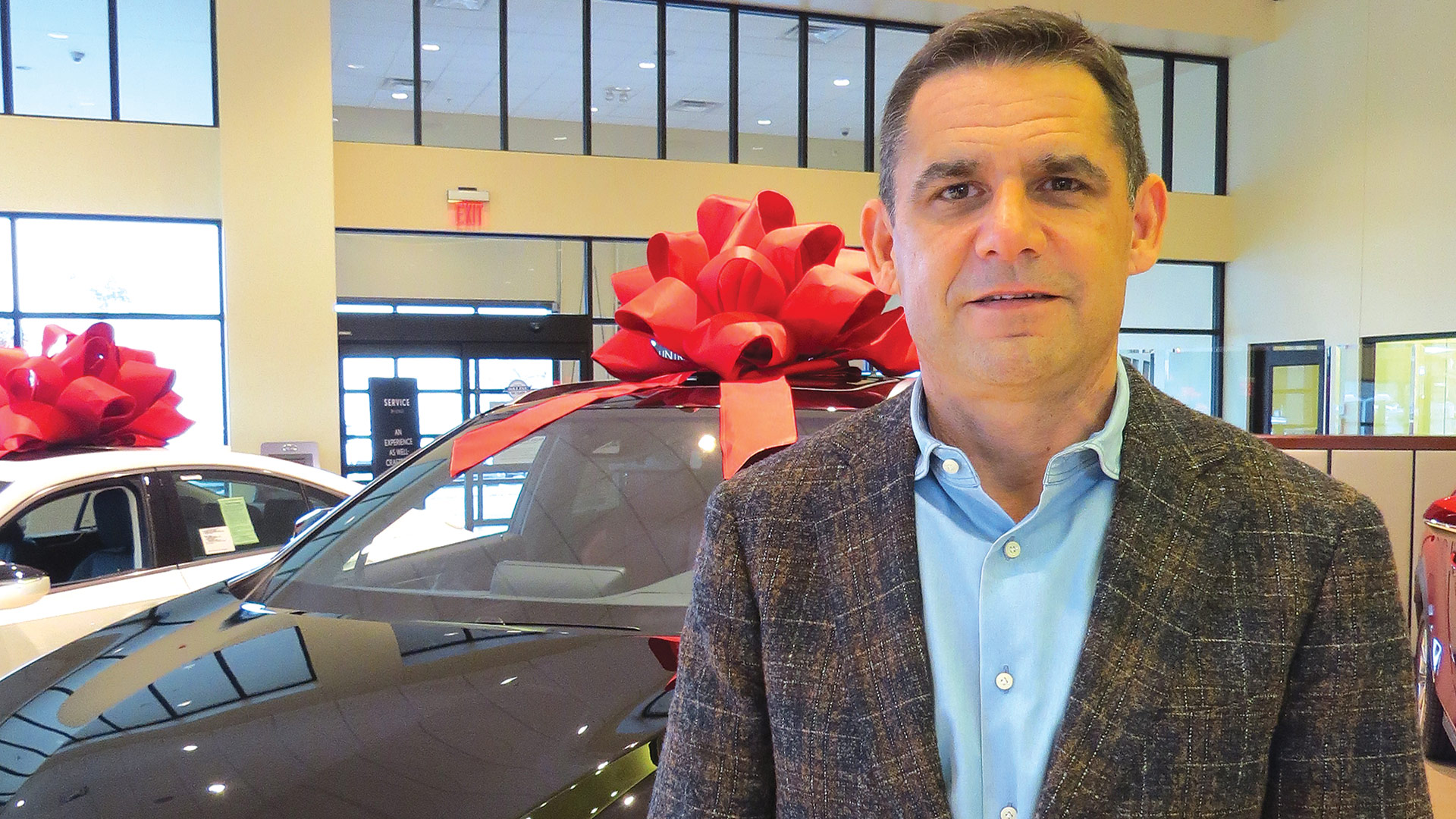
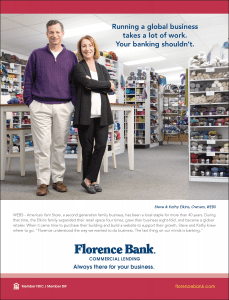
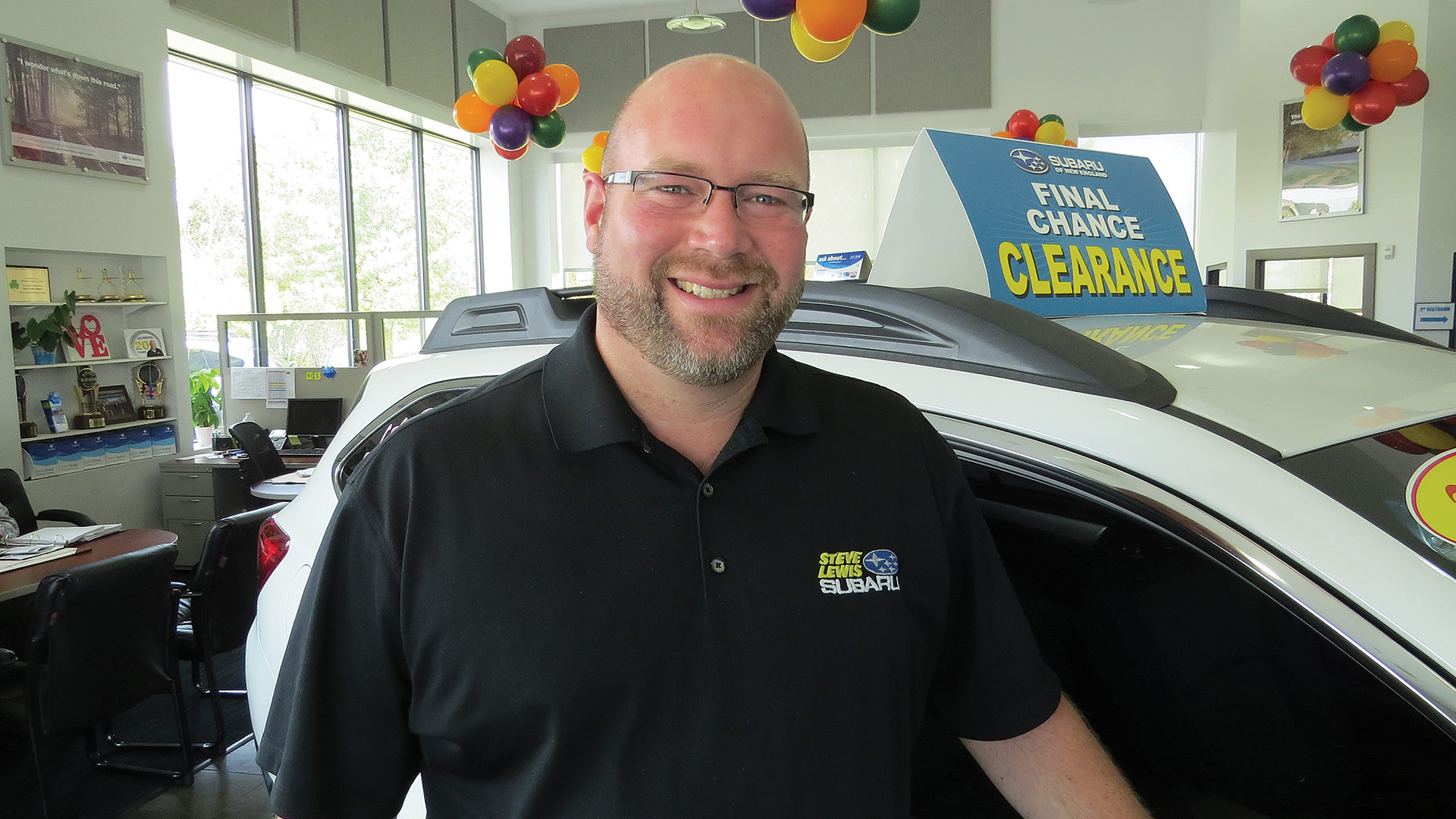

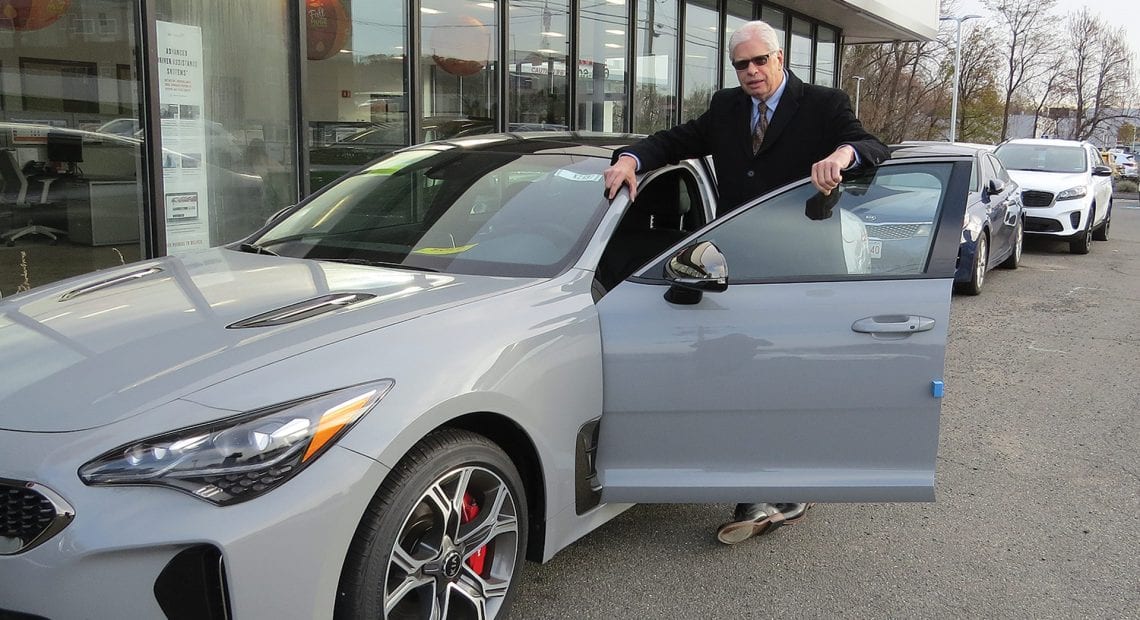
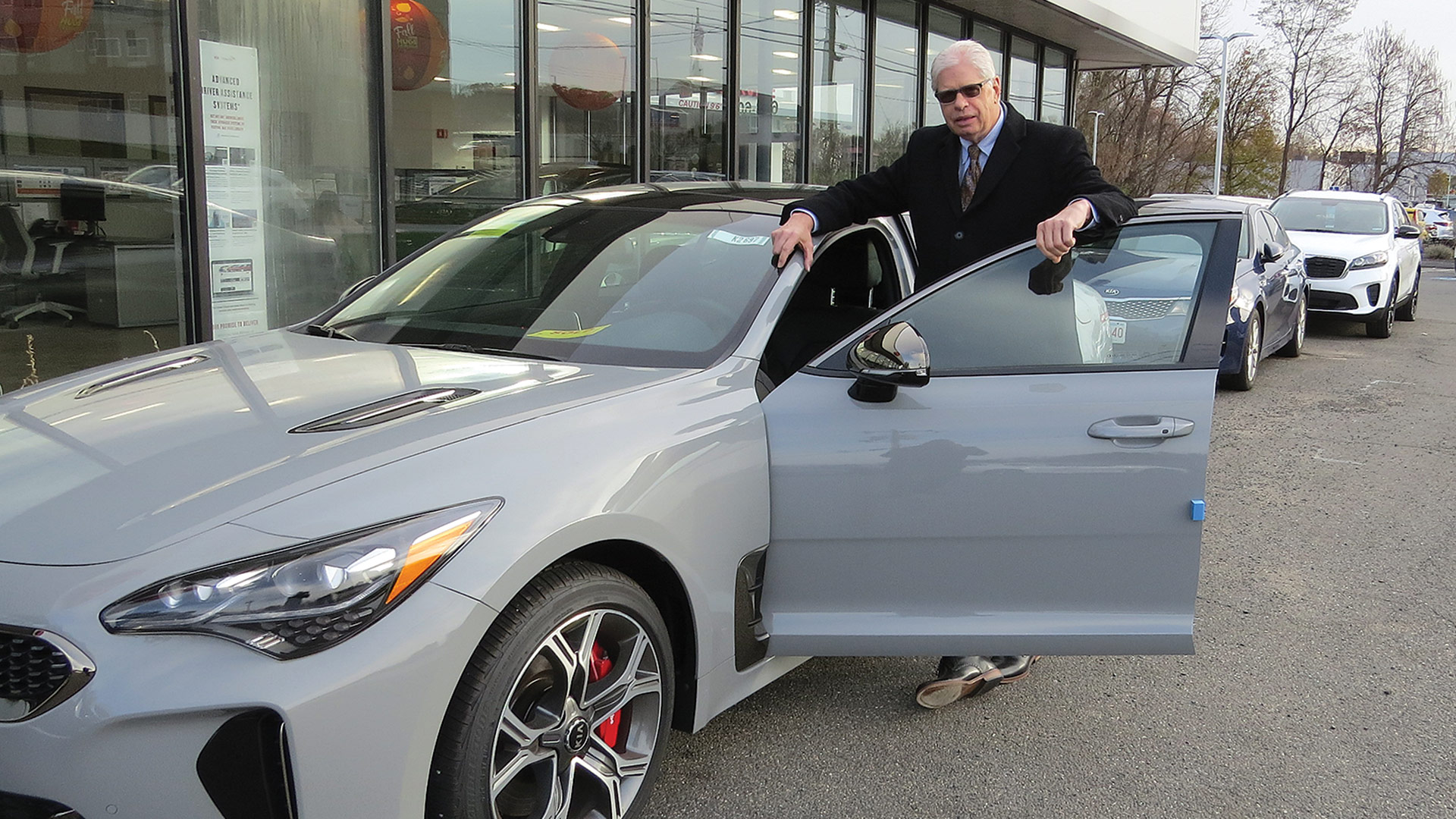


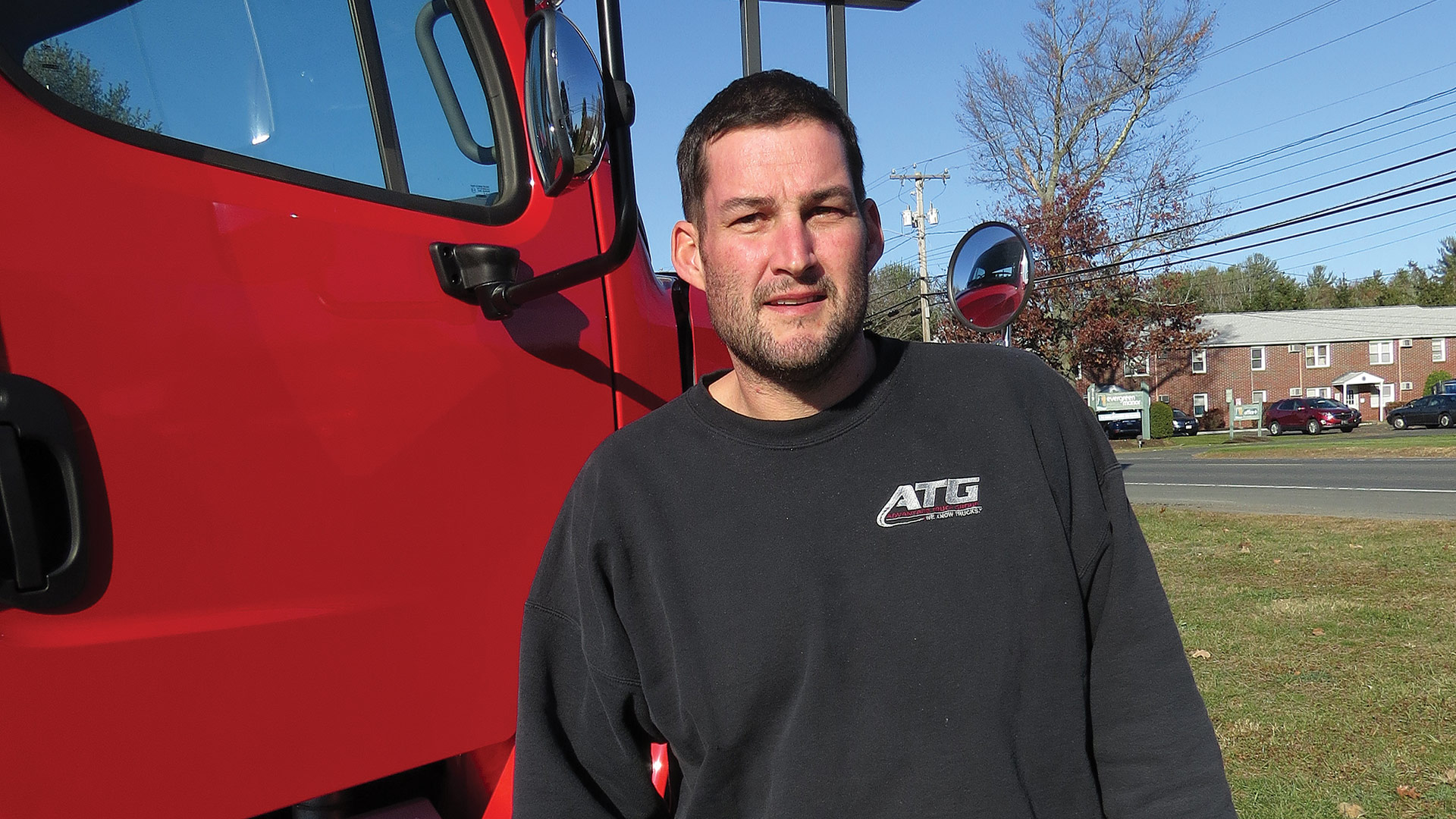

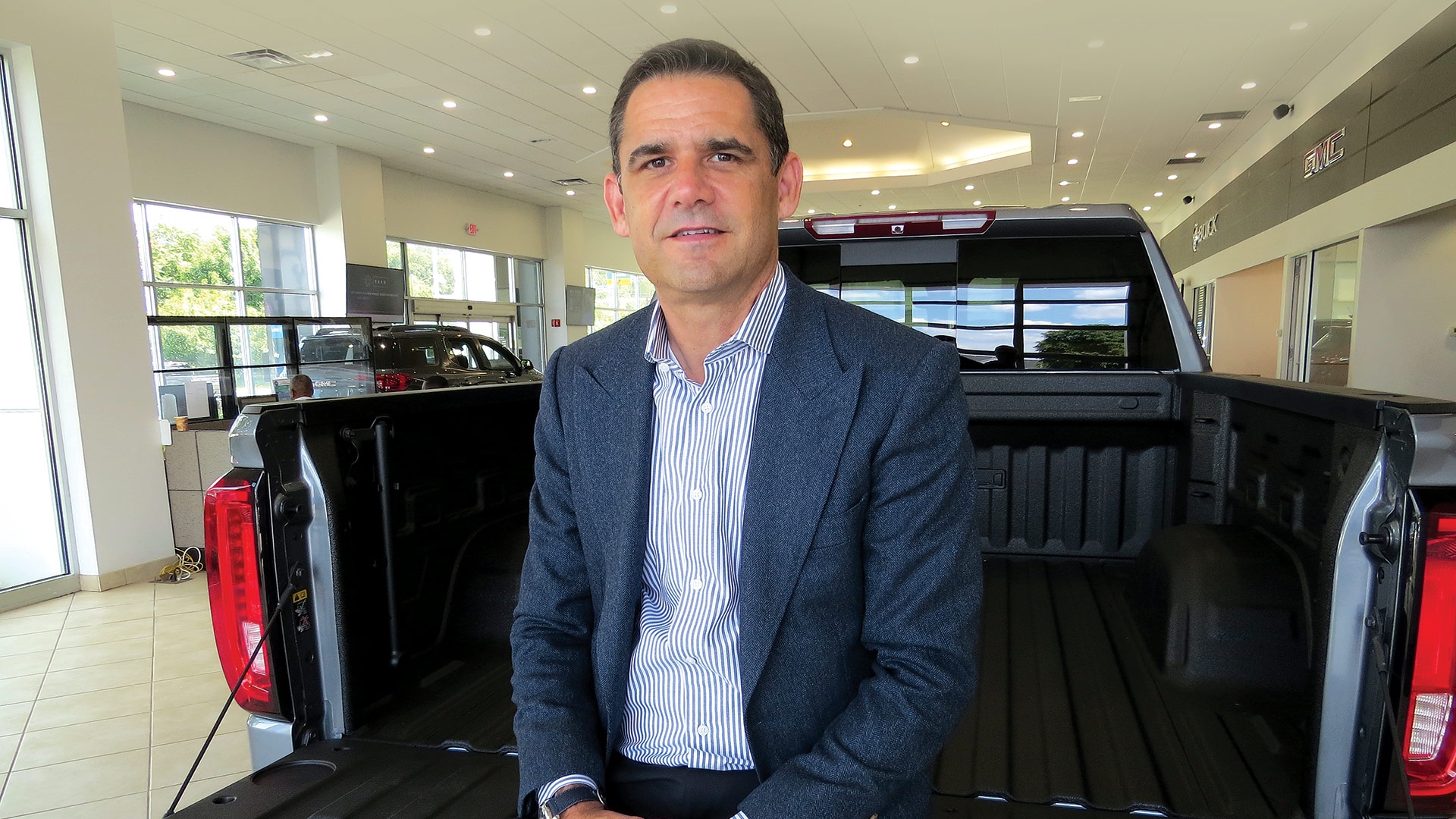


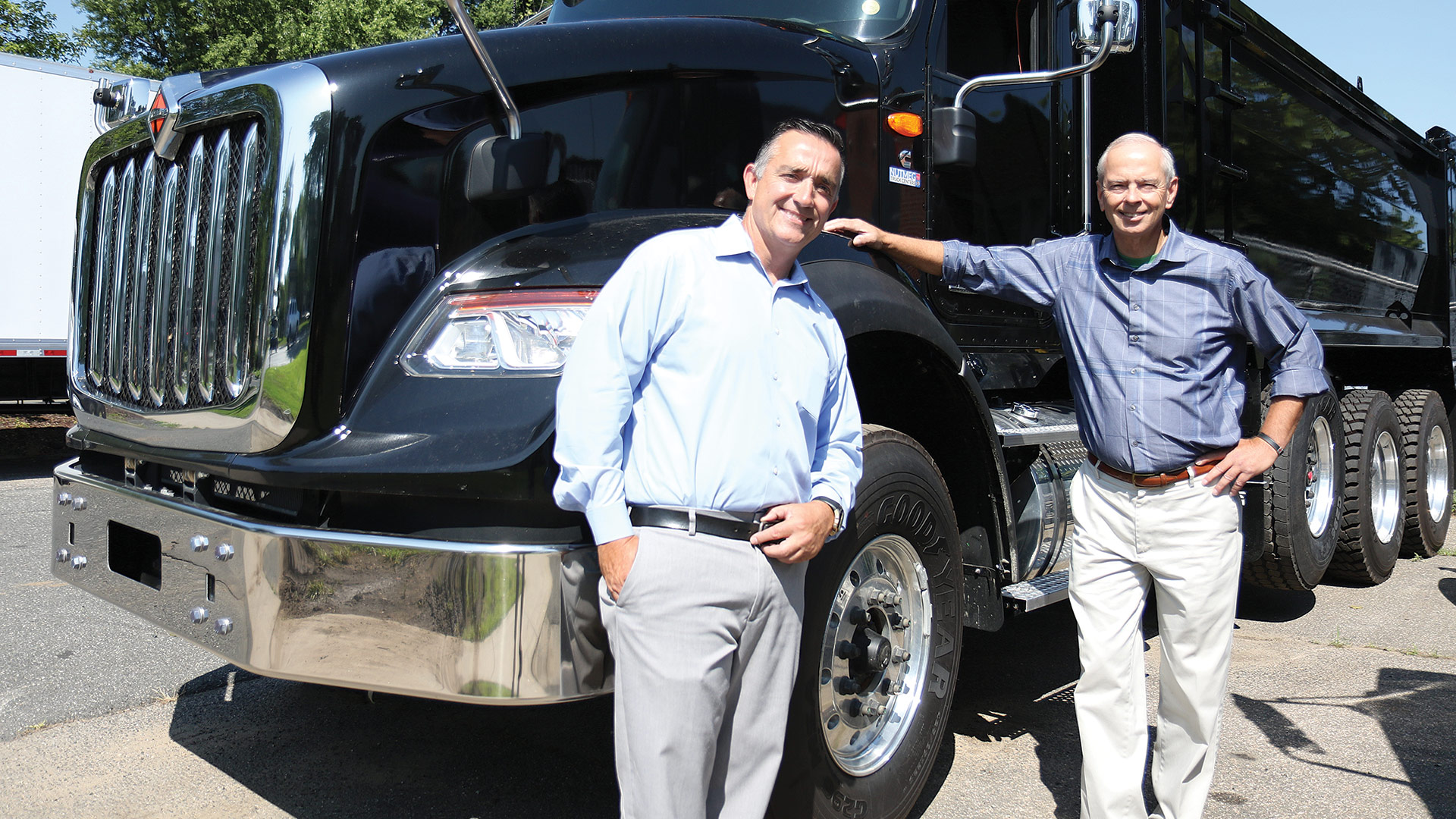
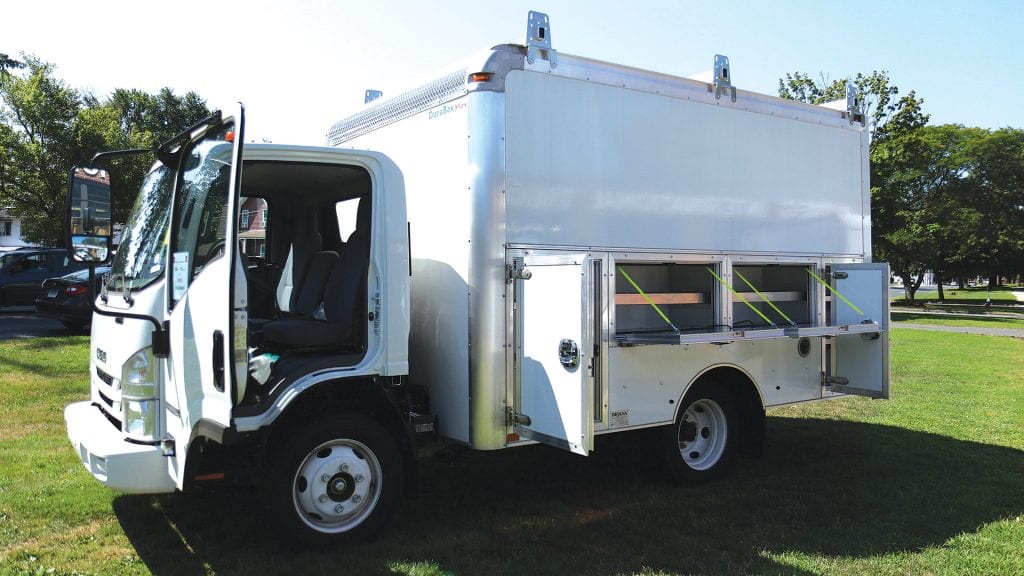
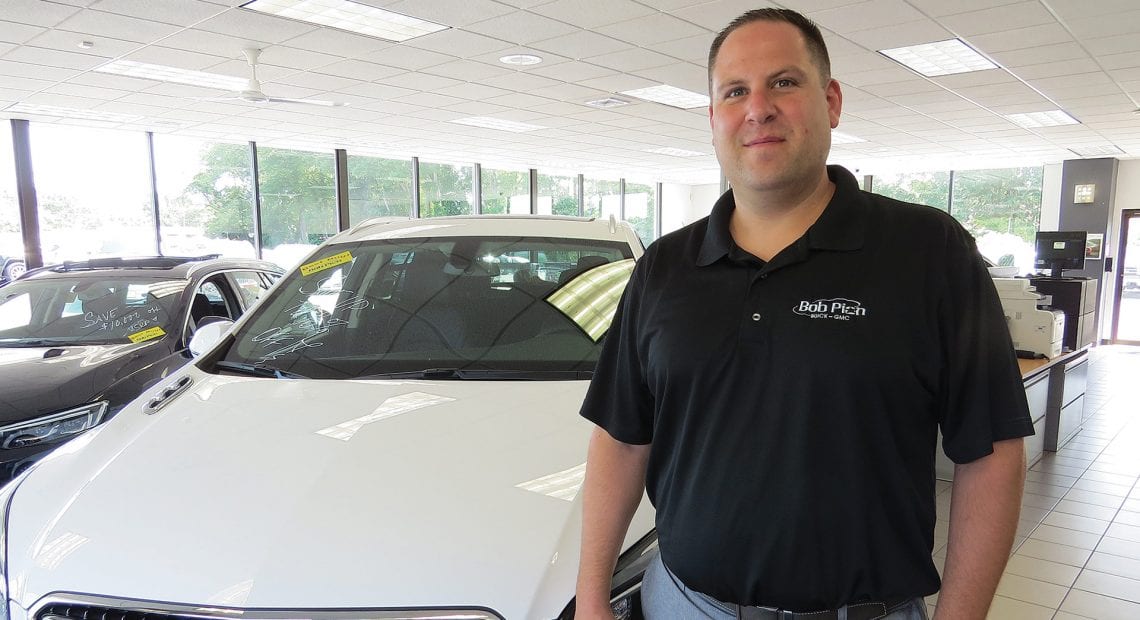
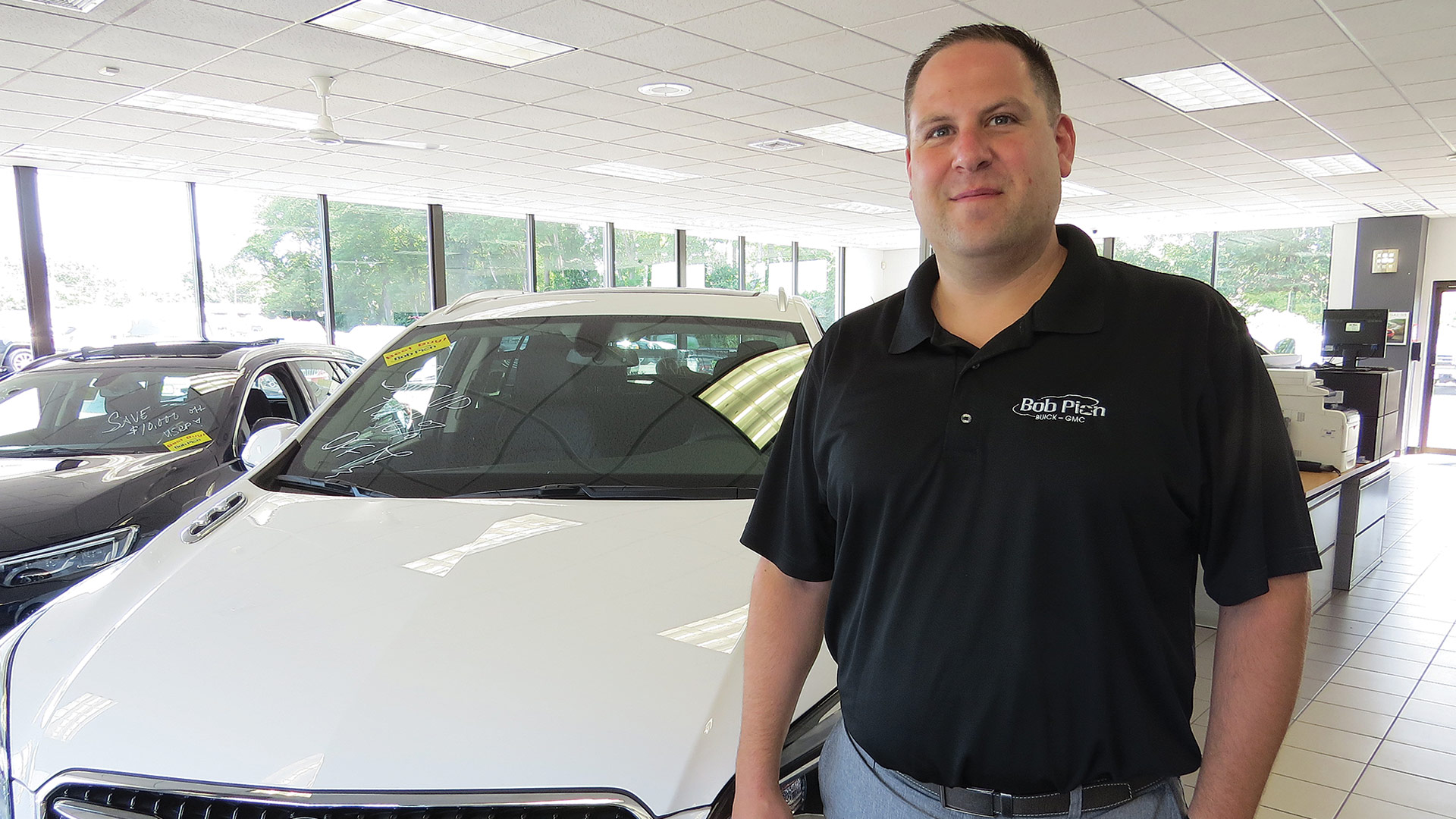
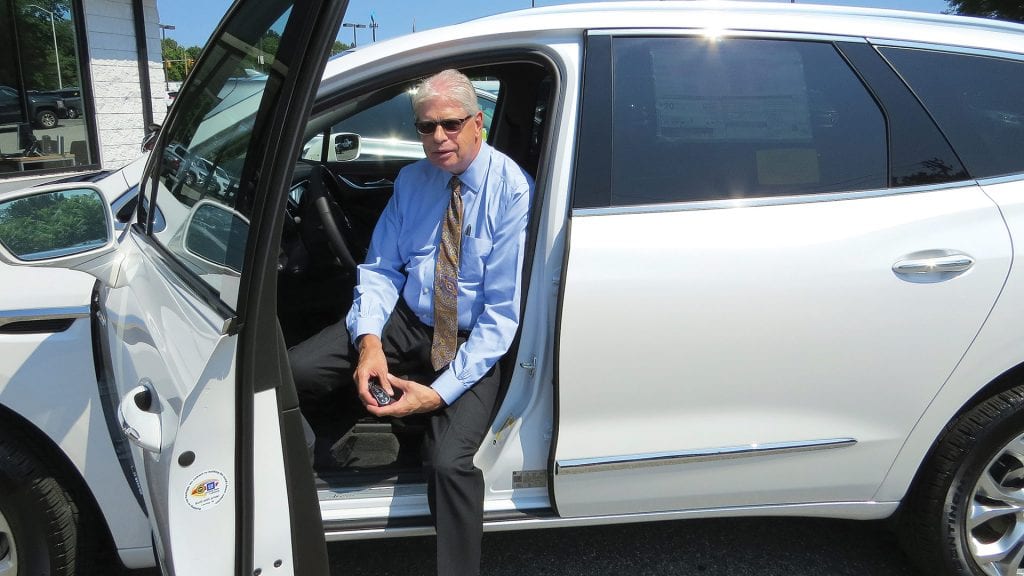
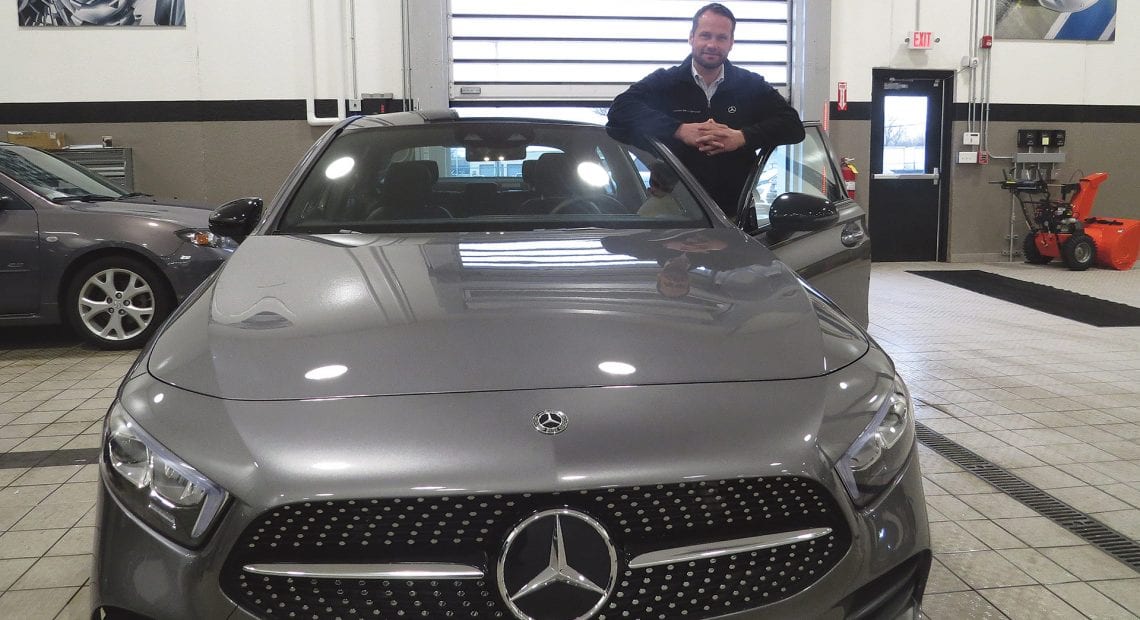
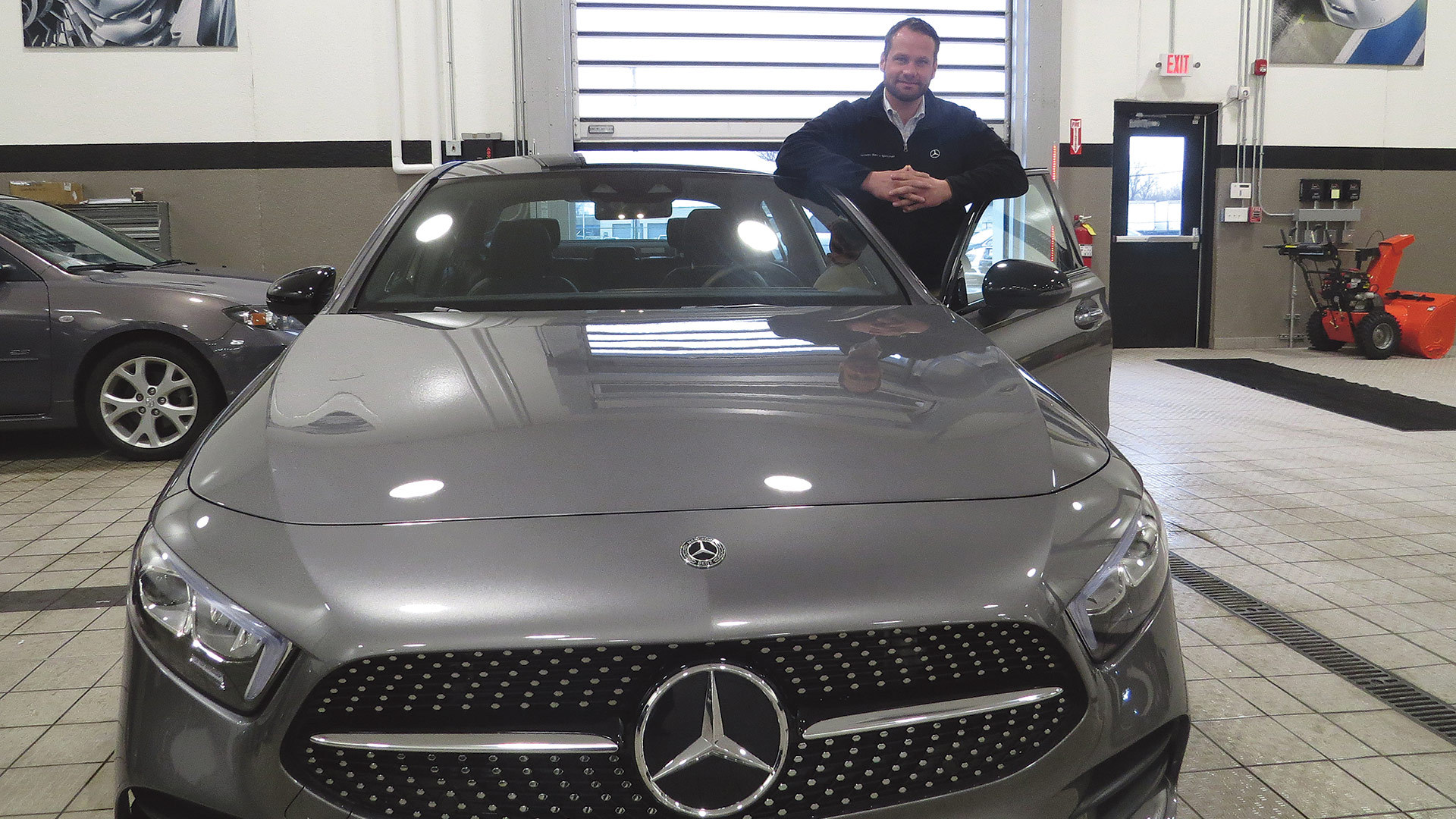
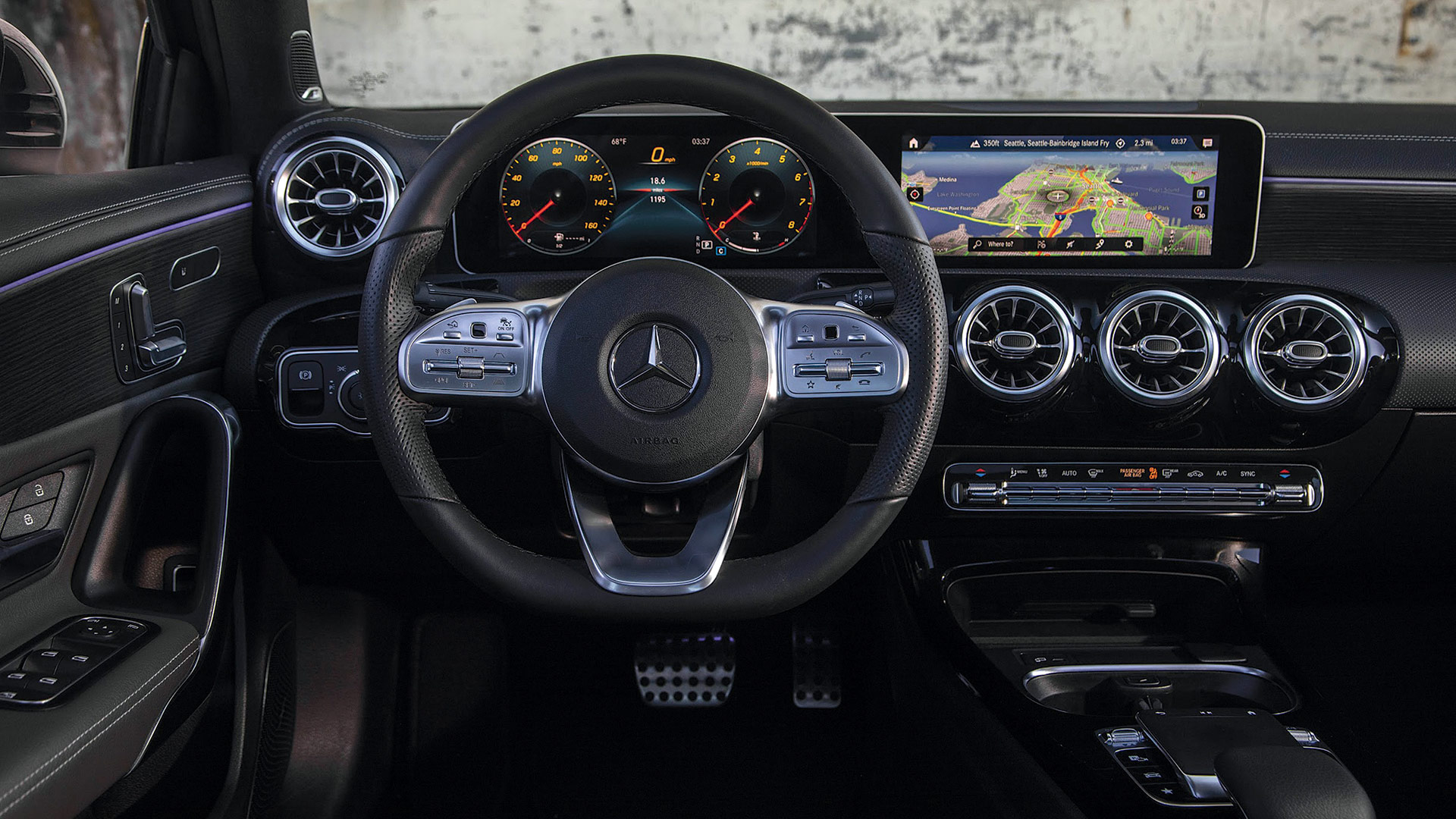
 As the 2019 models continue to roll into area showrooms, area auto dealers report that sales remain brisk, at something approximating the levels of 2017, which was a very robust year for the industry. Meanwhile, a host of trends have continued or accelerated, including torrid sales of SUVs and trucks, a high volume of used-car transactions, and a heavy emphasis on improving the overall consumer experience.
As the 2019 models continue to roll into area showrooms, area auto dealers report that sales remain brisk, at something approximating the levels of 2017, which was a very robust year for the industry. Meanwhile, a host of trends have continued or accelerated, including torrid sales of SUVs and trucks, a high volume of used-car transactions, and a heavy emphasis on improving the overall consumer experience.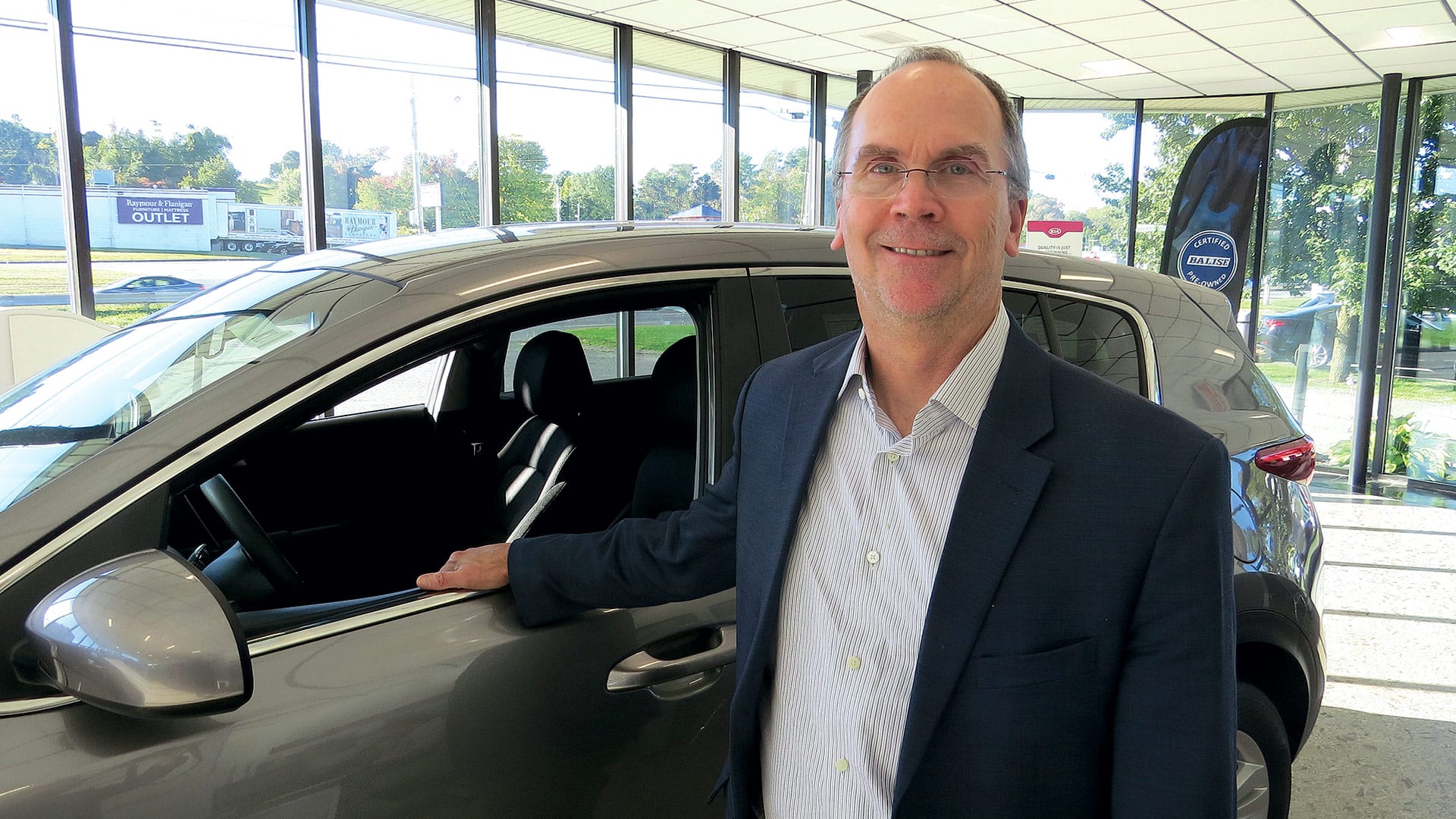

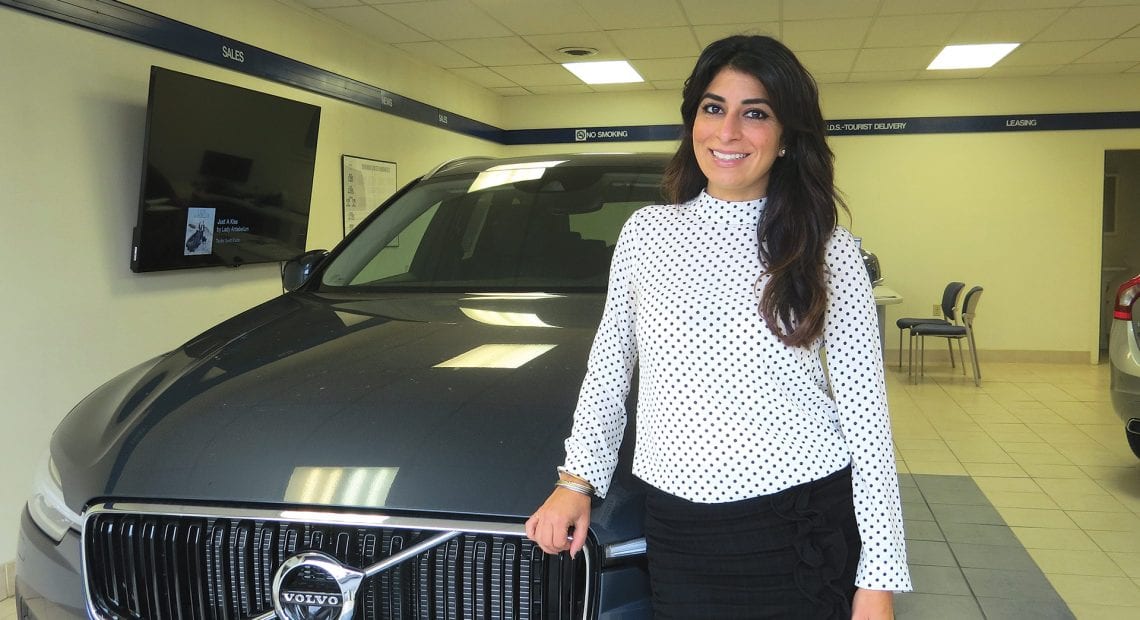

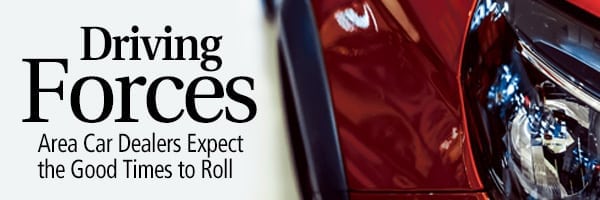
 The auto market has been in high gear for the past several years, and area dealers expect that pattern to continue, and for several reasons. These range from a solid economy and abundant consumer confidence to quality vehicles and lingering pent-up demand.
The auto market has been in high gear for the past several years, and area dealers expect that pattern to continue, and for several reasons. These range from a solid economy and abundant consumer confidence to quality vehicles and lingering pent-up demand.


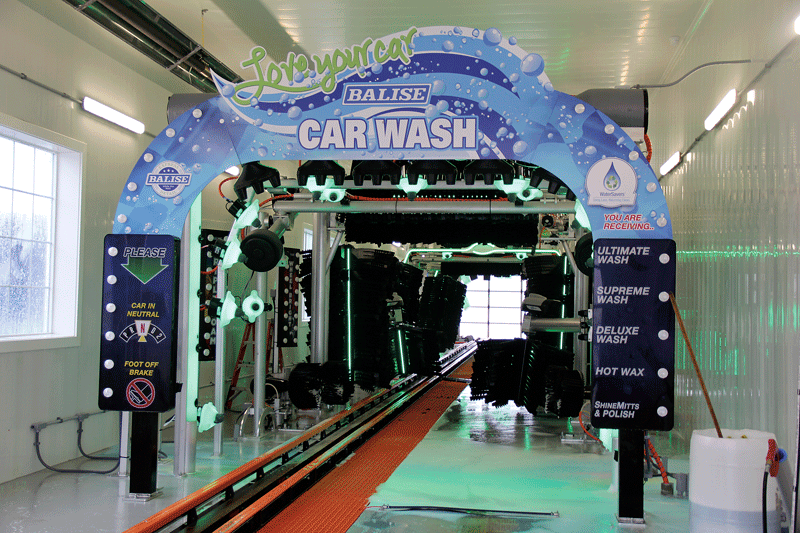
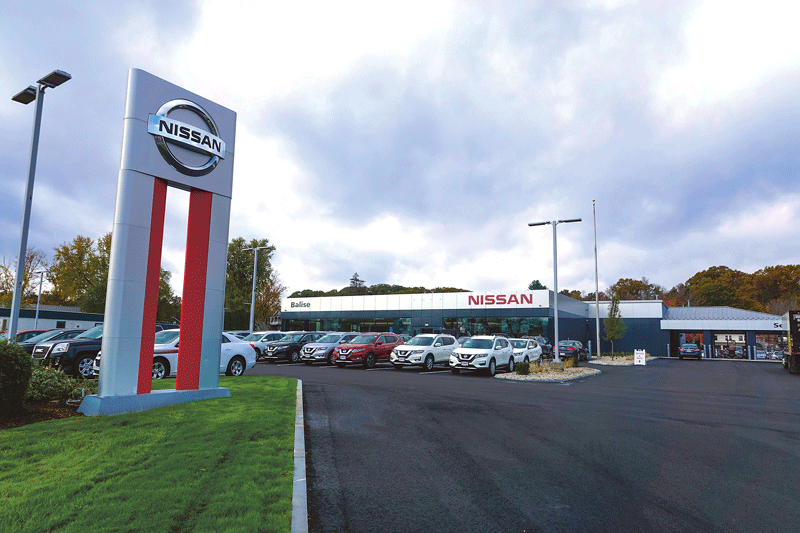
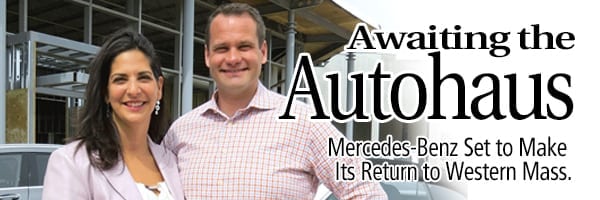
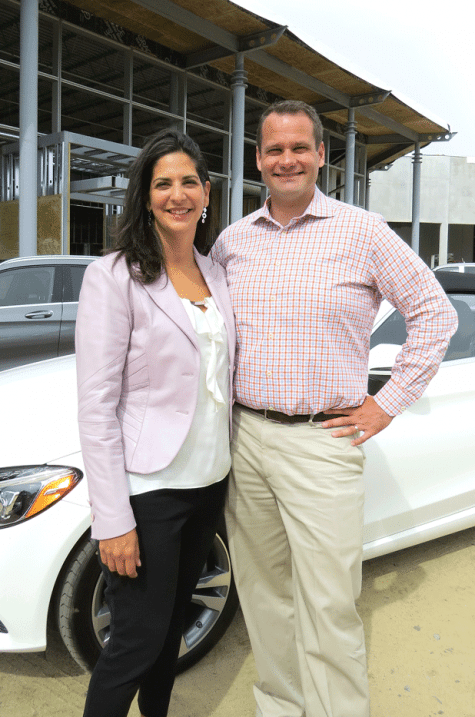

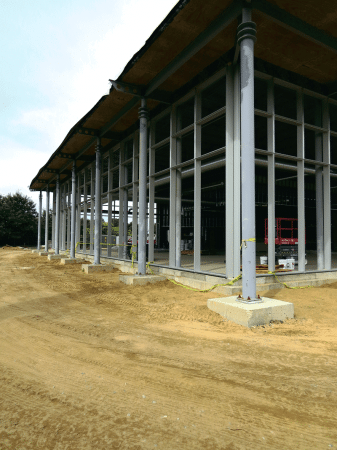


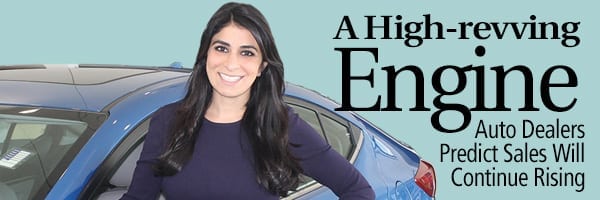
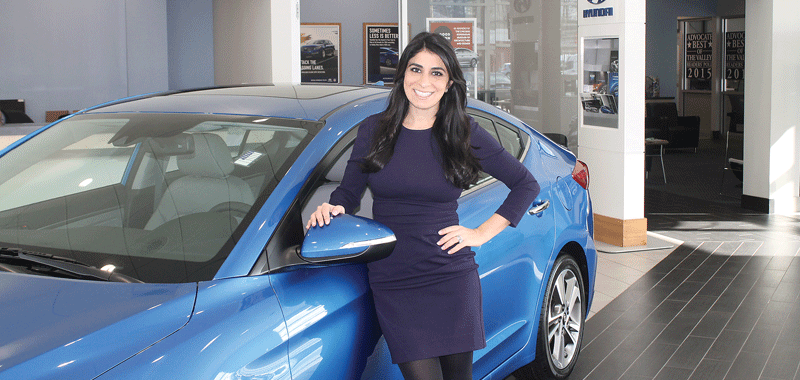
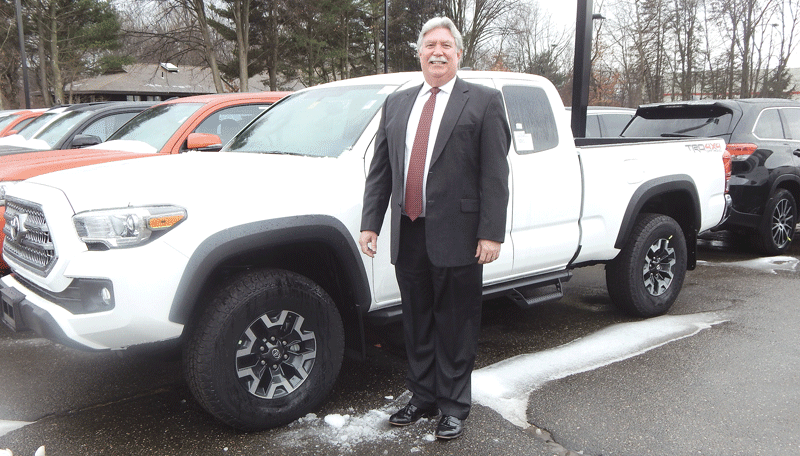
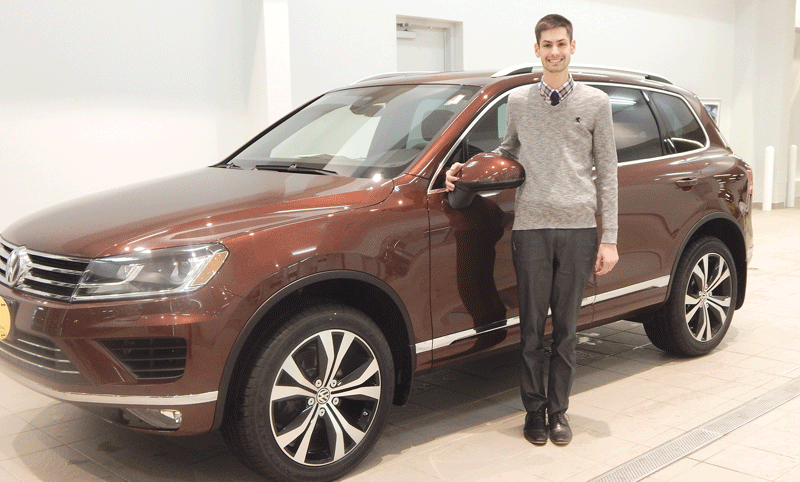




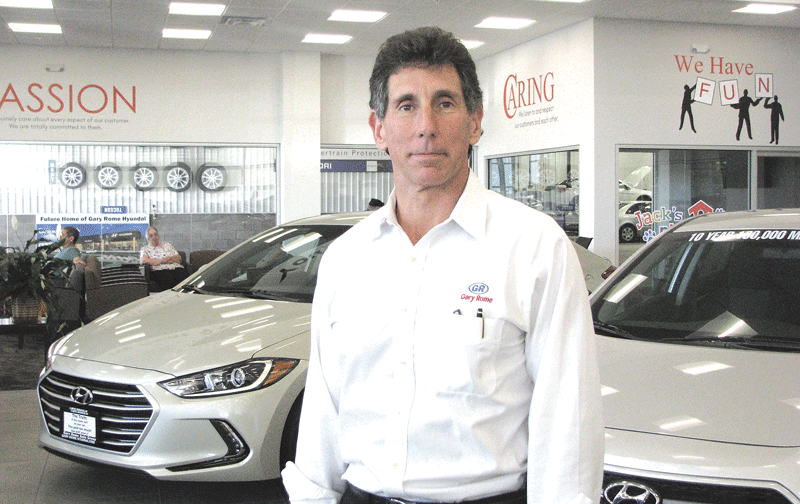
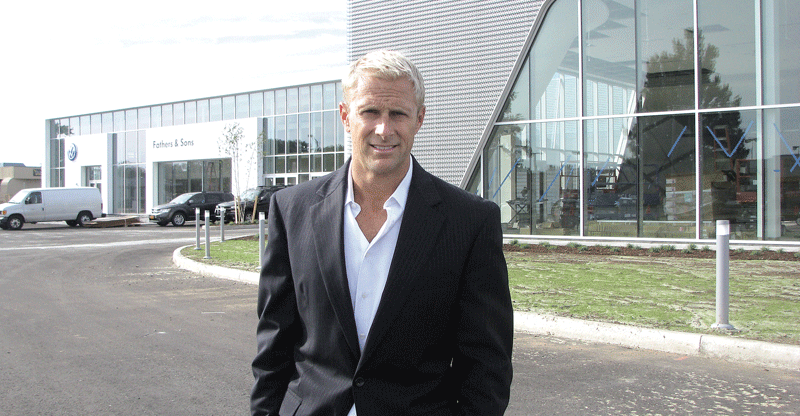

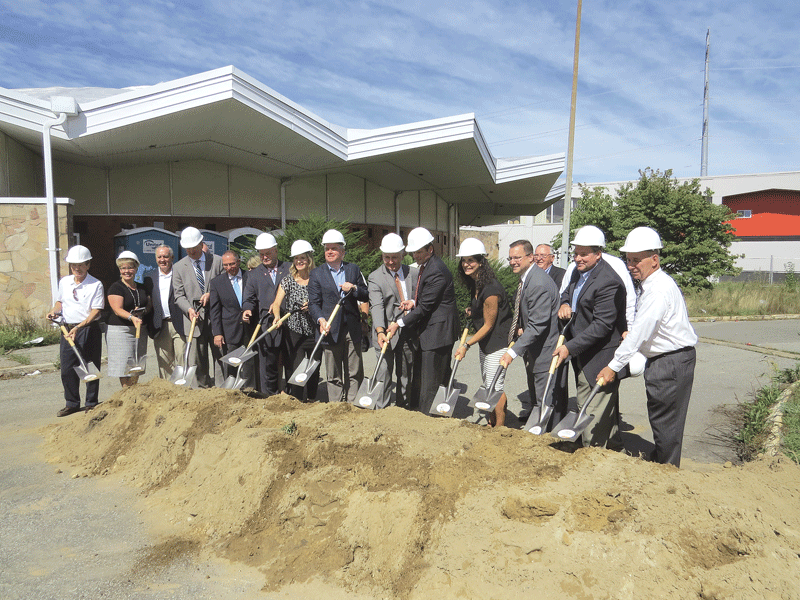

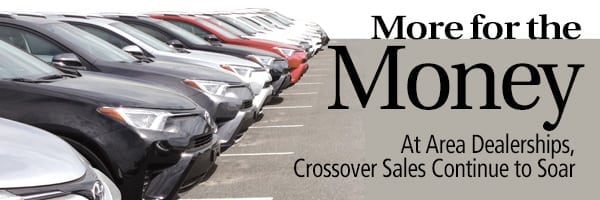
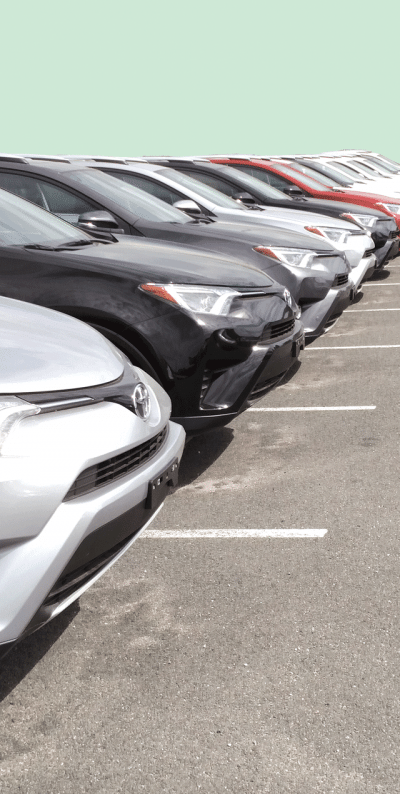 Sport utility vehicles have long staked out significant market share in the auto-sales world, as Americans appreciate their roominess and flexibility. But their price tag has been a little high for sedan owners who might otherwise consider a larger vehicle. Enter crossovers, or compact utility vehicles, which are small SUVs that handle like cars — and typically boast a price point in the sedan range. For these reasons and others, they’ve soared in popularity in recent years, and are a main reason why SUVs now outsell sedans in the U.S.
Sport utility vehicles have long staked out significant market share in the auto-sales world, as Americans appreciate their roominess and flexibility. But their price tag has been a little high for sedan owners who might otherwise consider a larger vehicle. Enter crossovers, or compact utility vehicles, which are small SUVs that handle like cars — and typically boast a price point in the sedan range. For these reasons and others, they’ve soared in popularity in recent years, and are a main reason why SUVs now outsell sedans in the U.S.